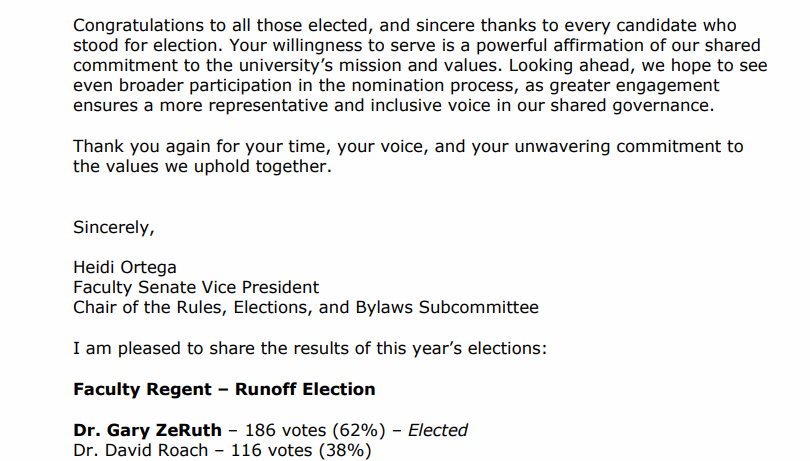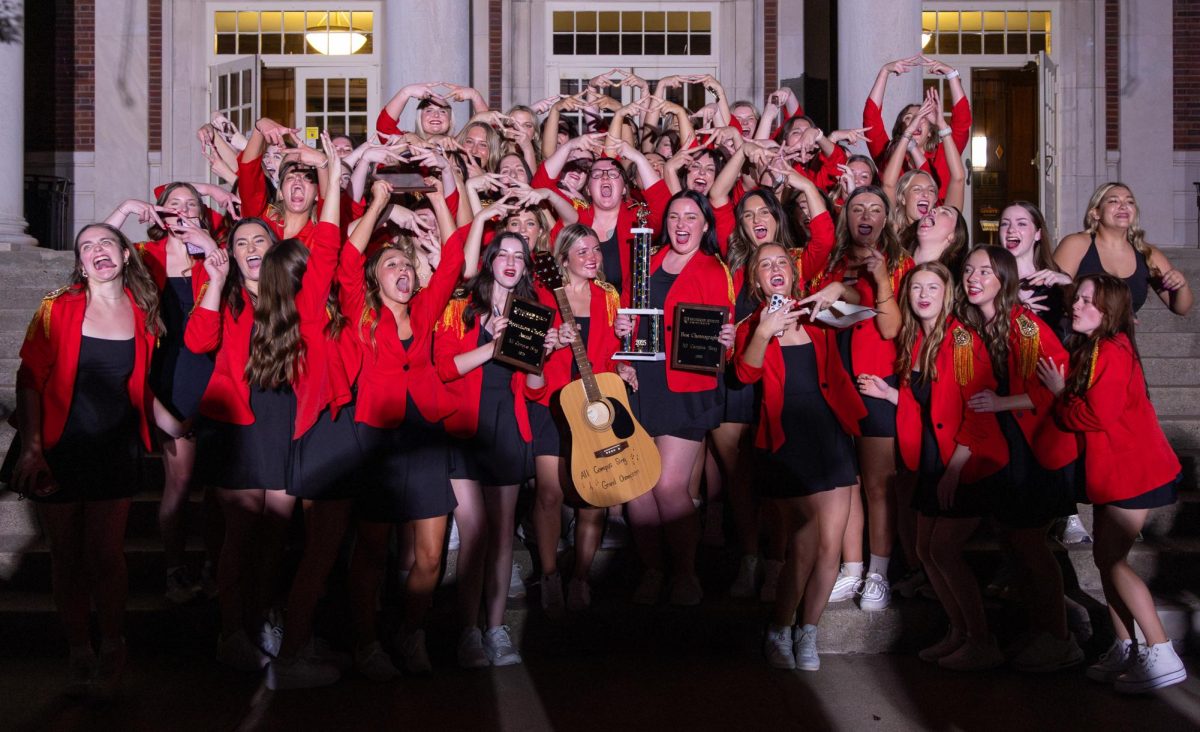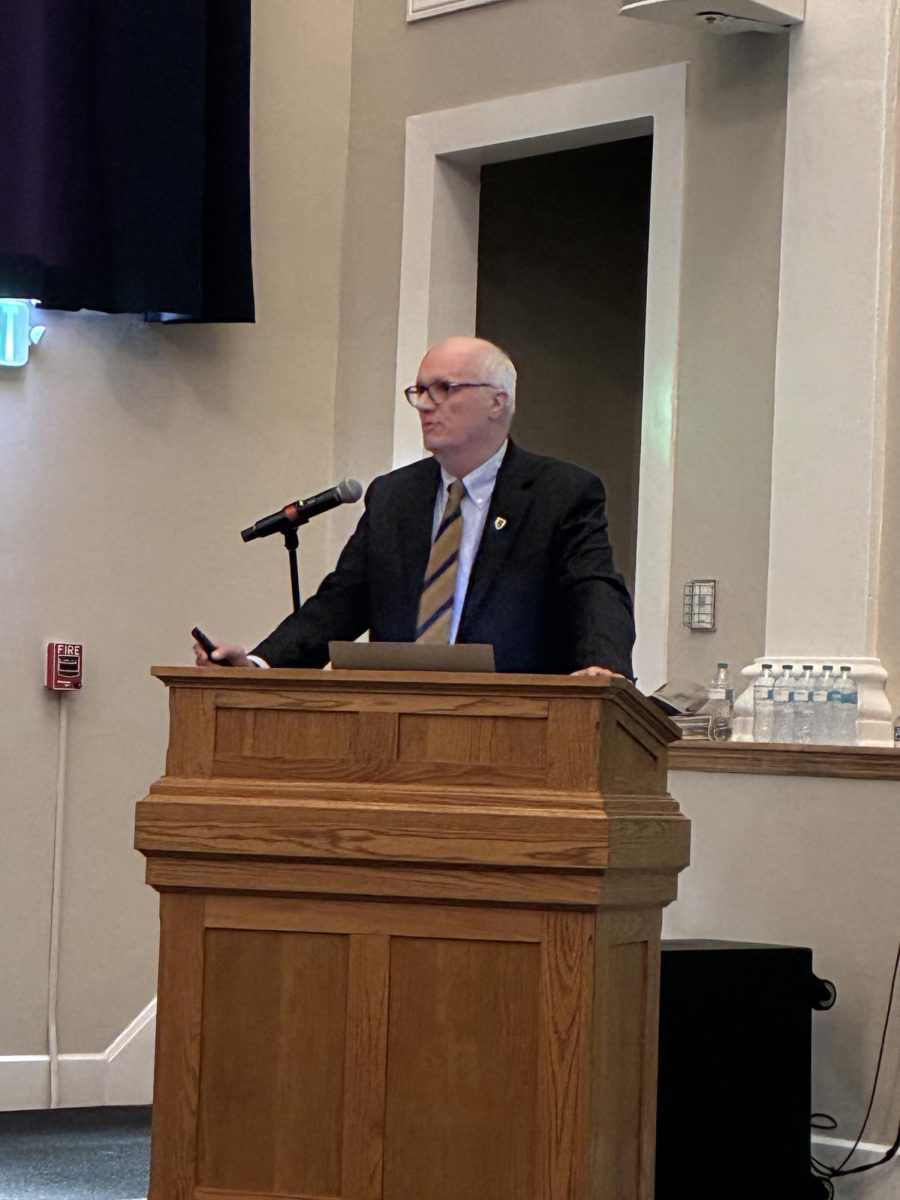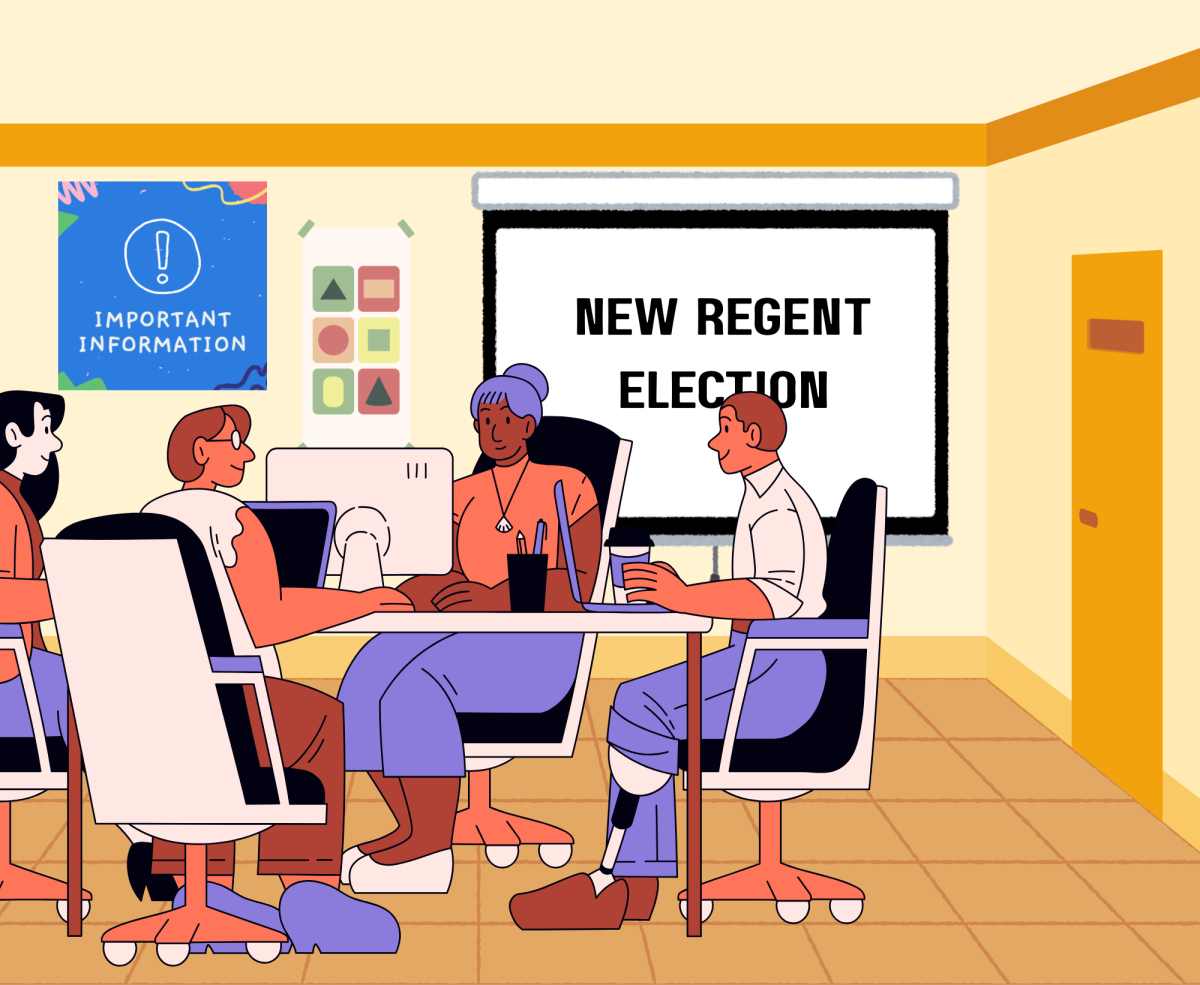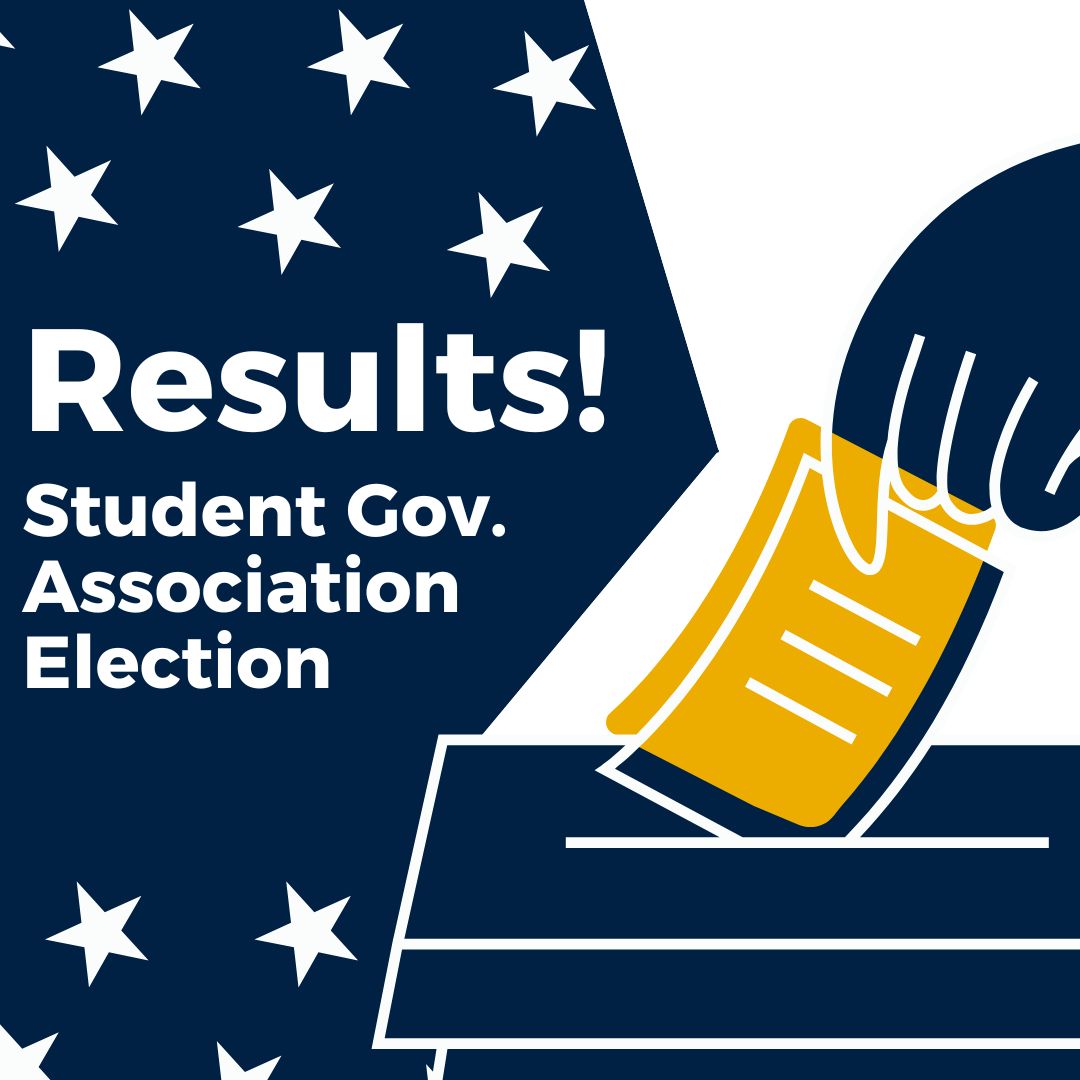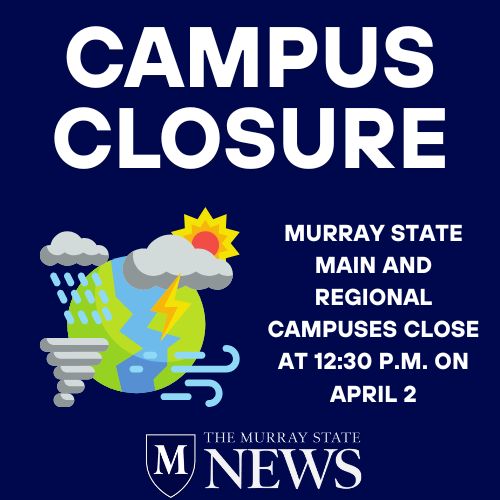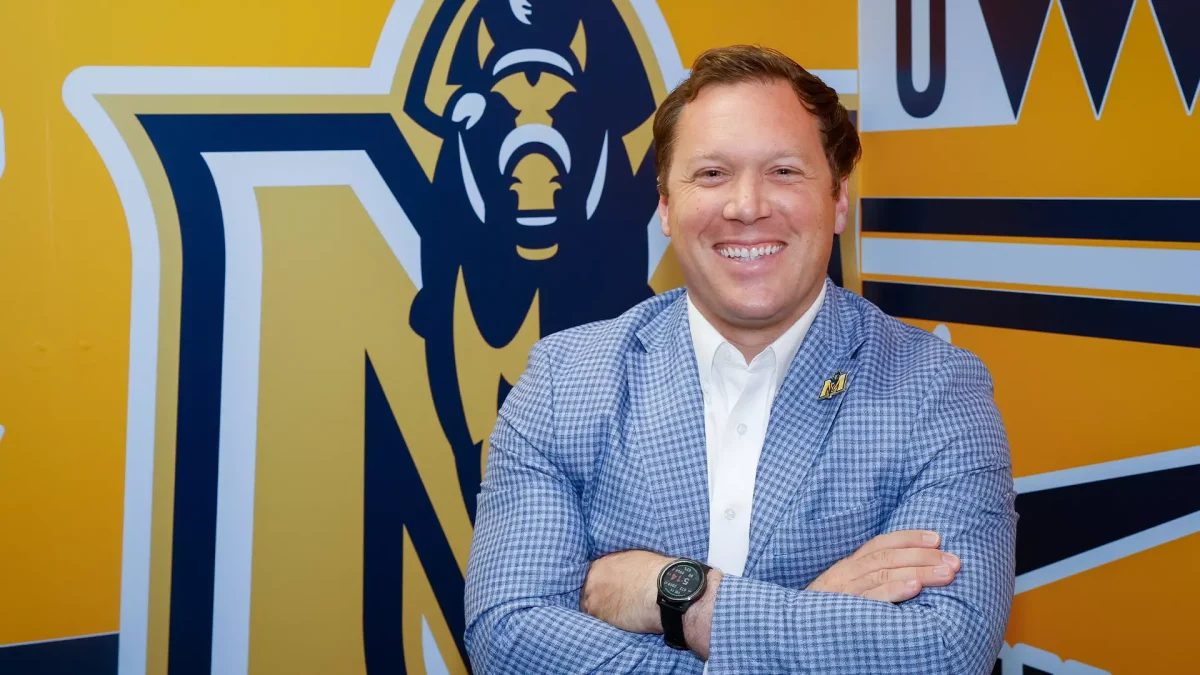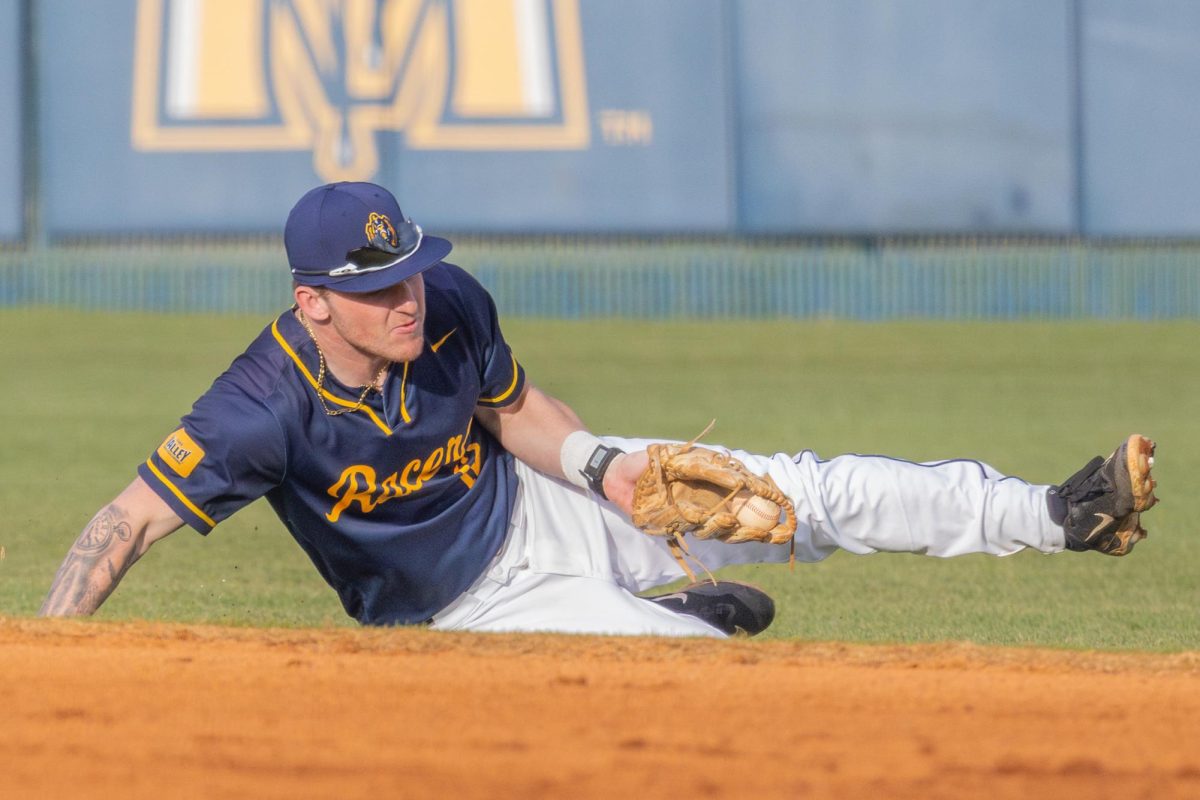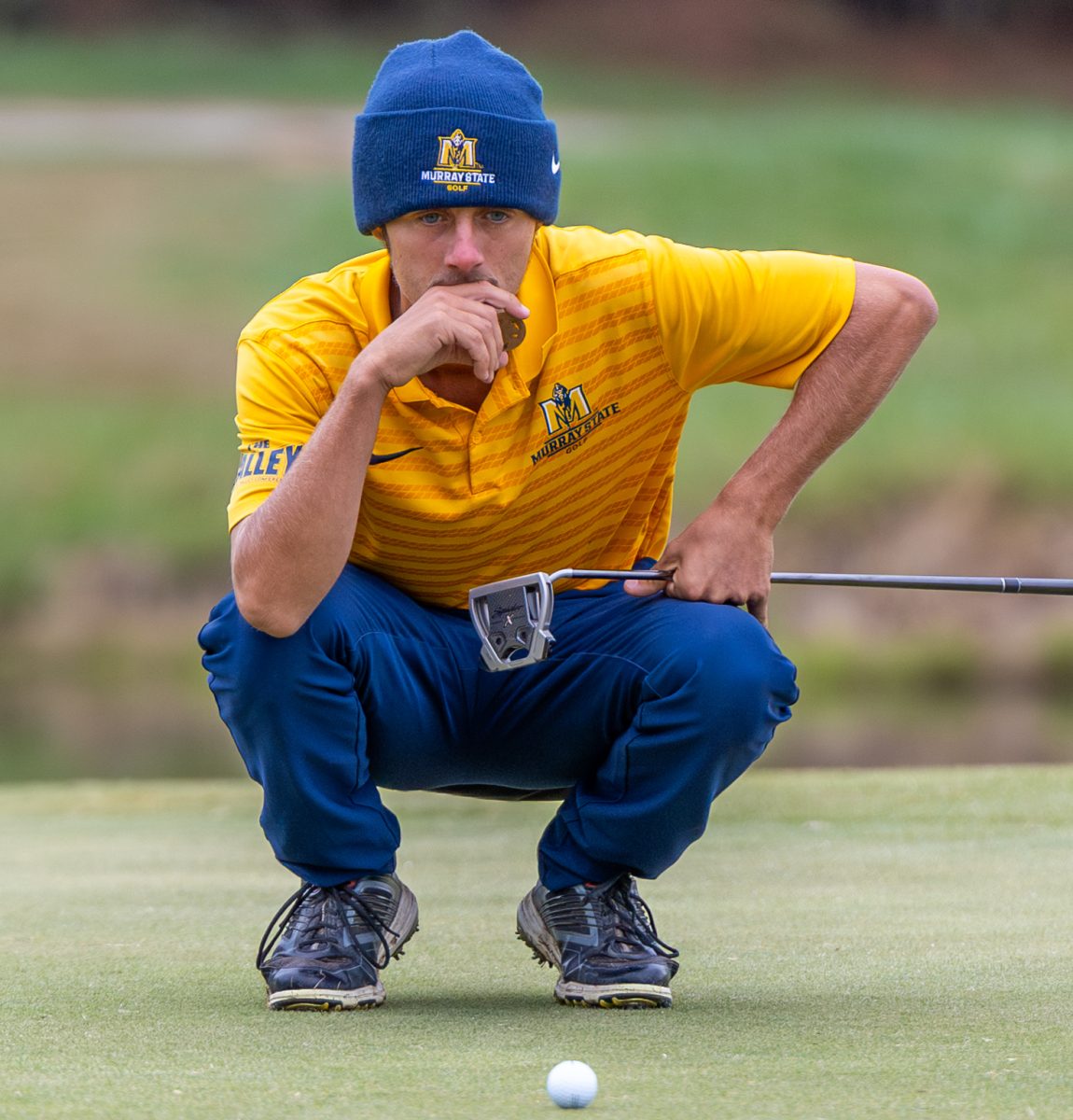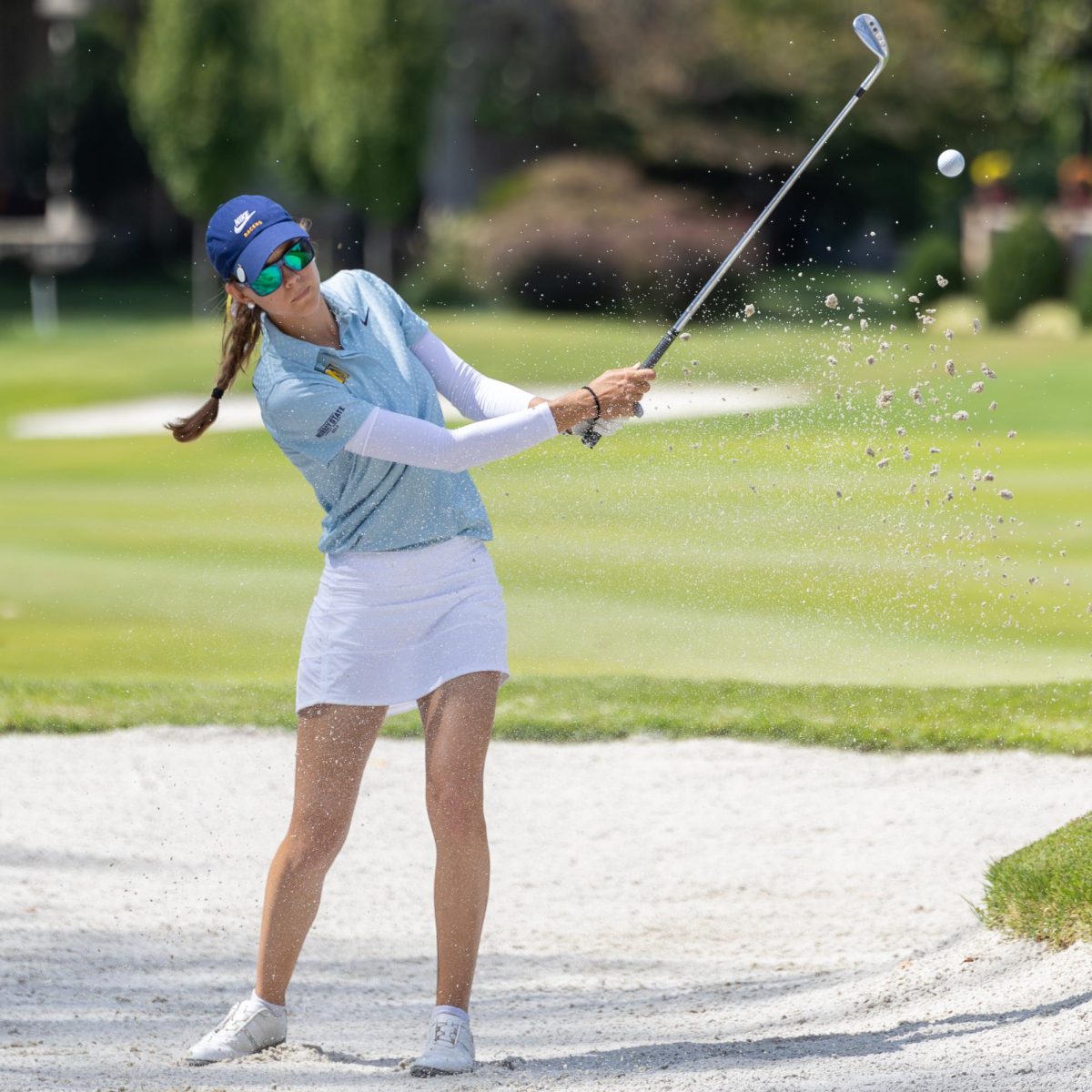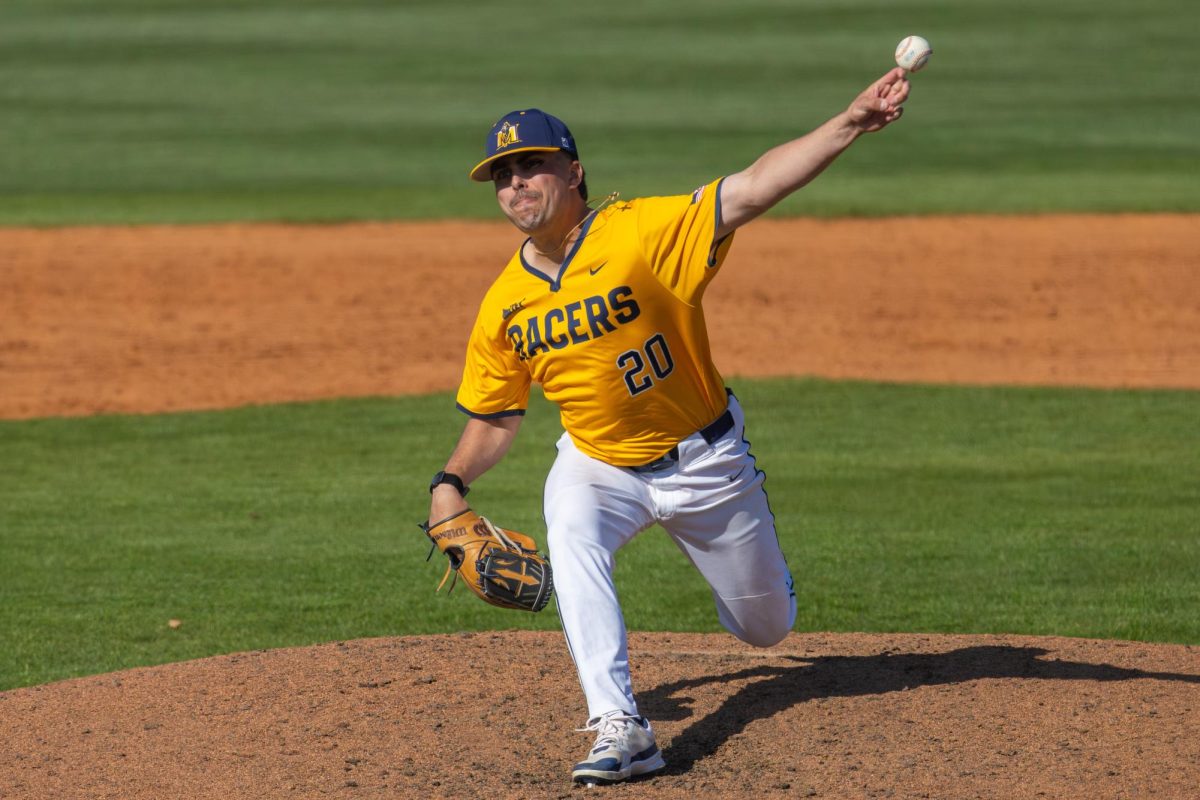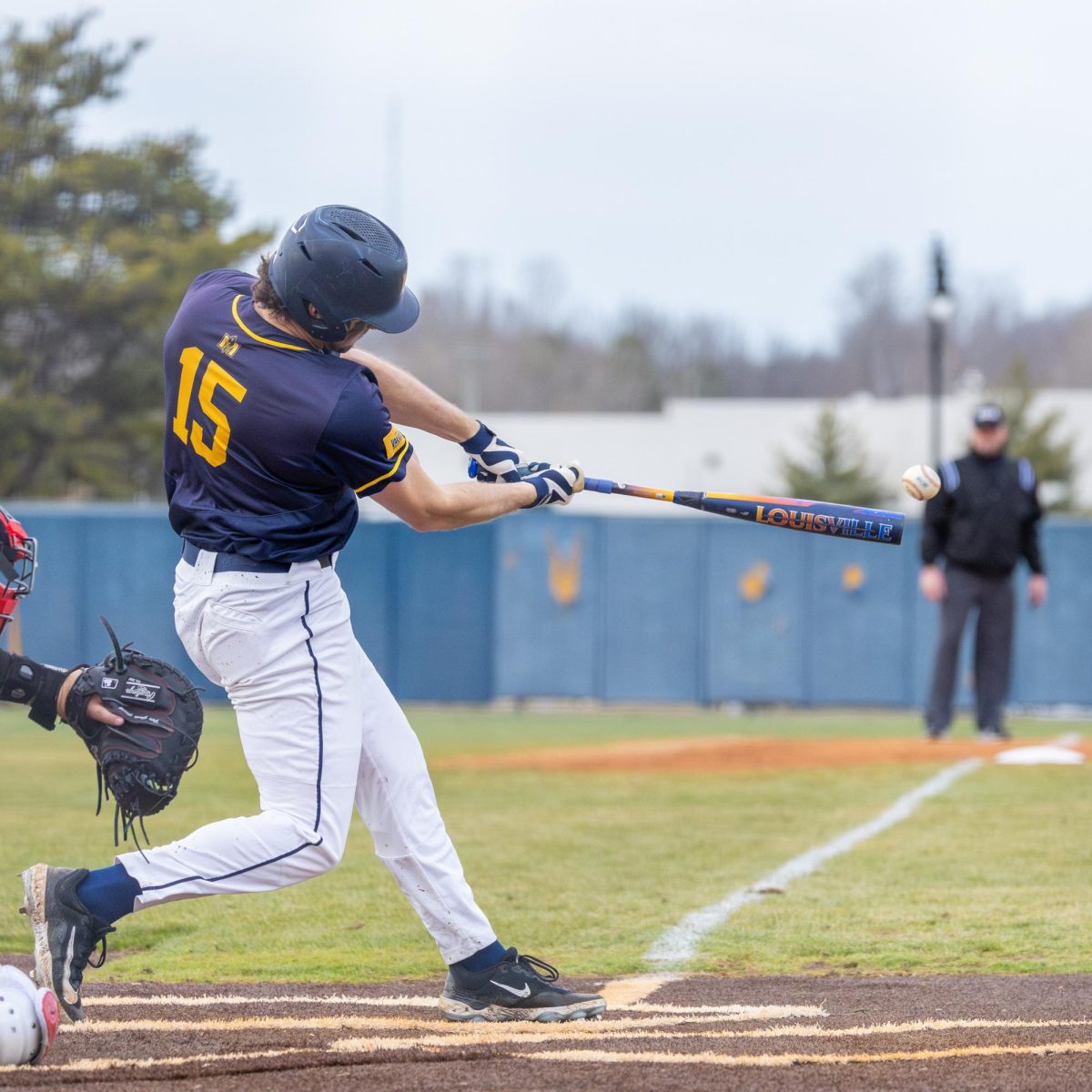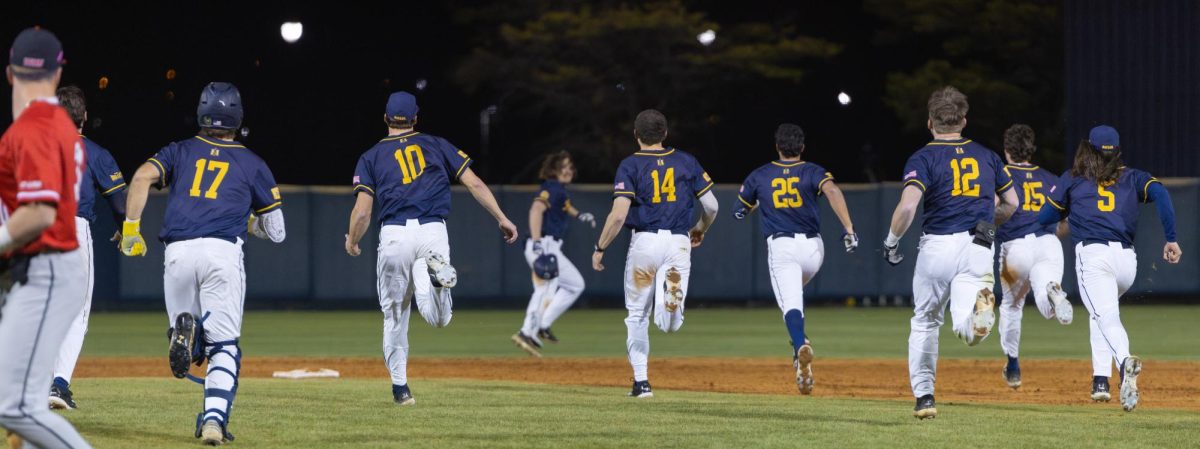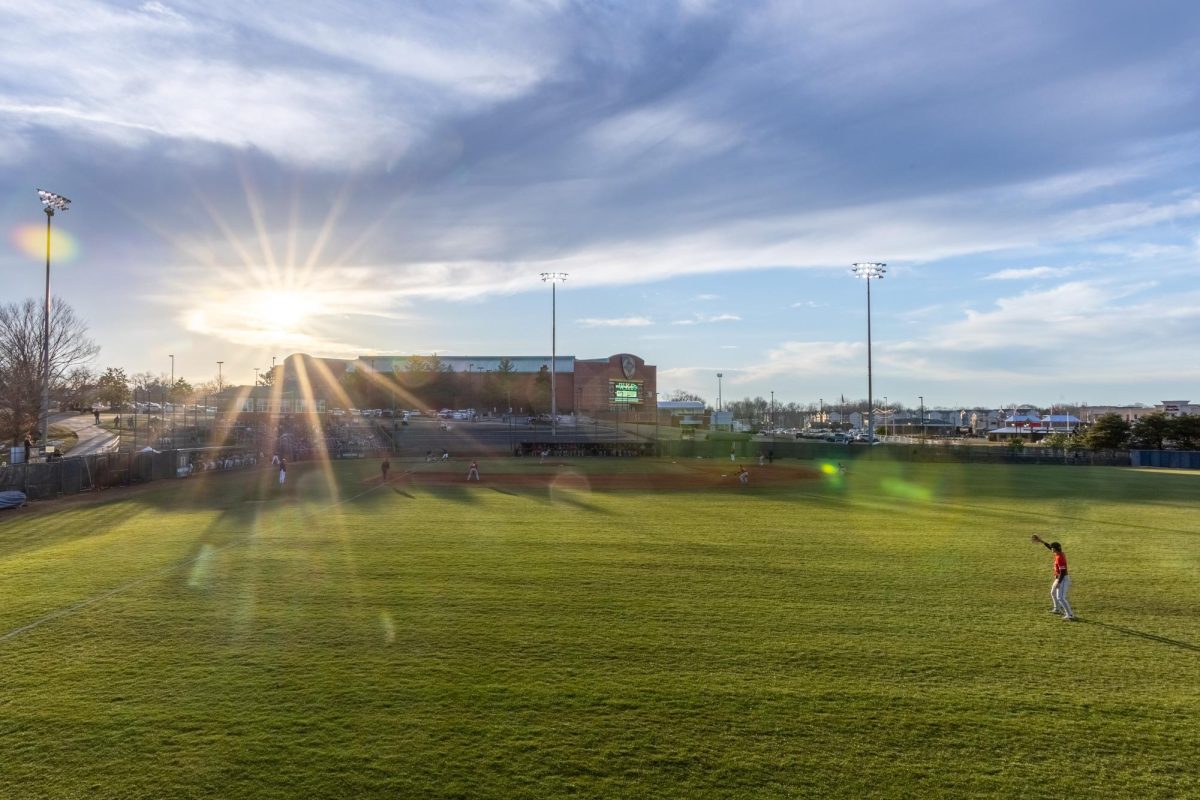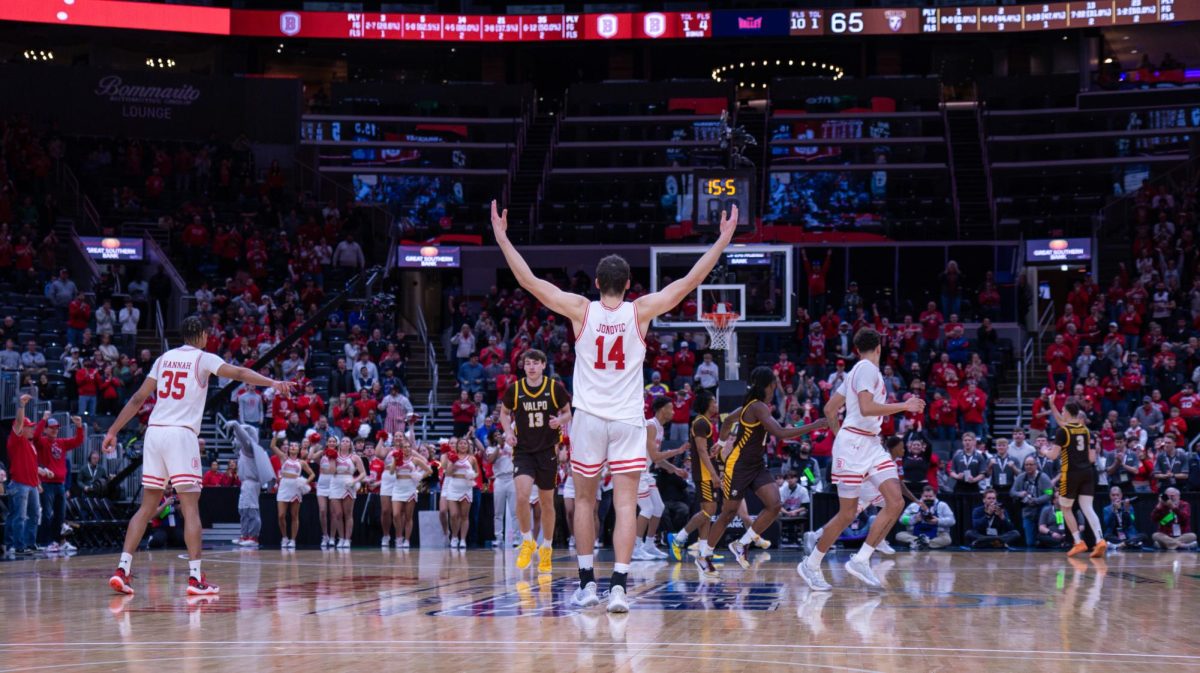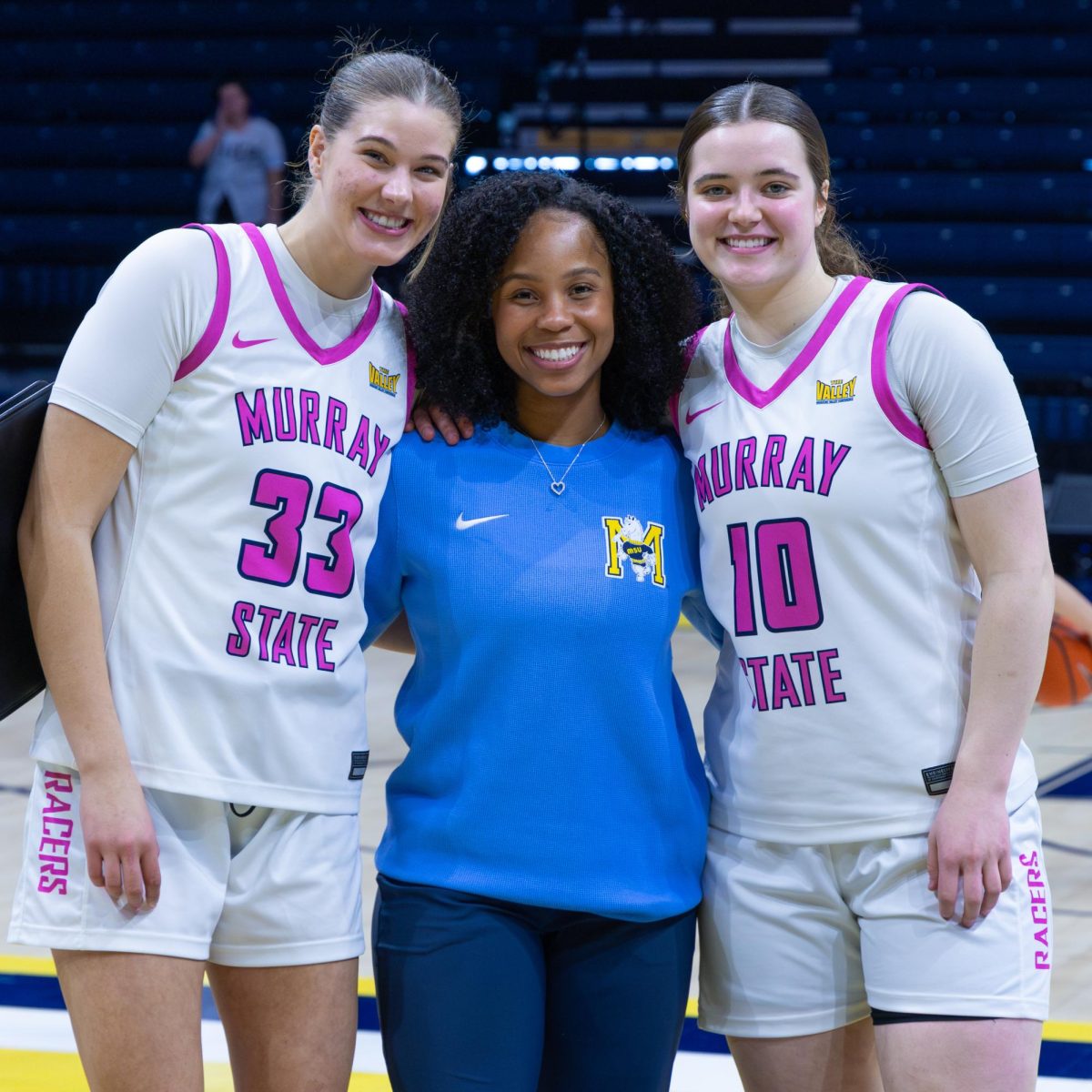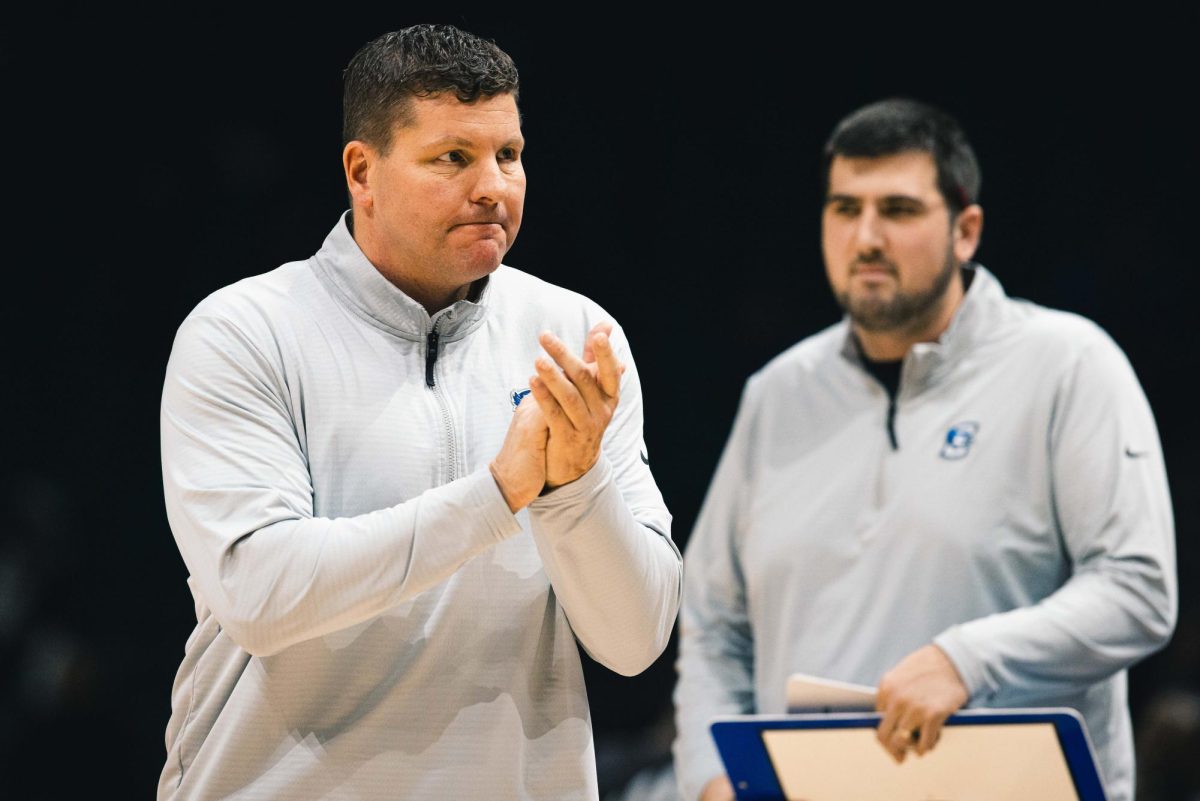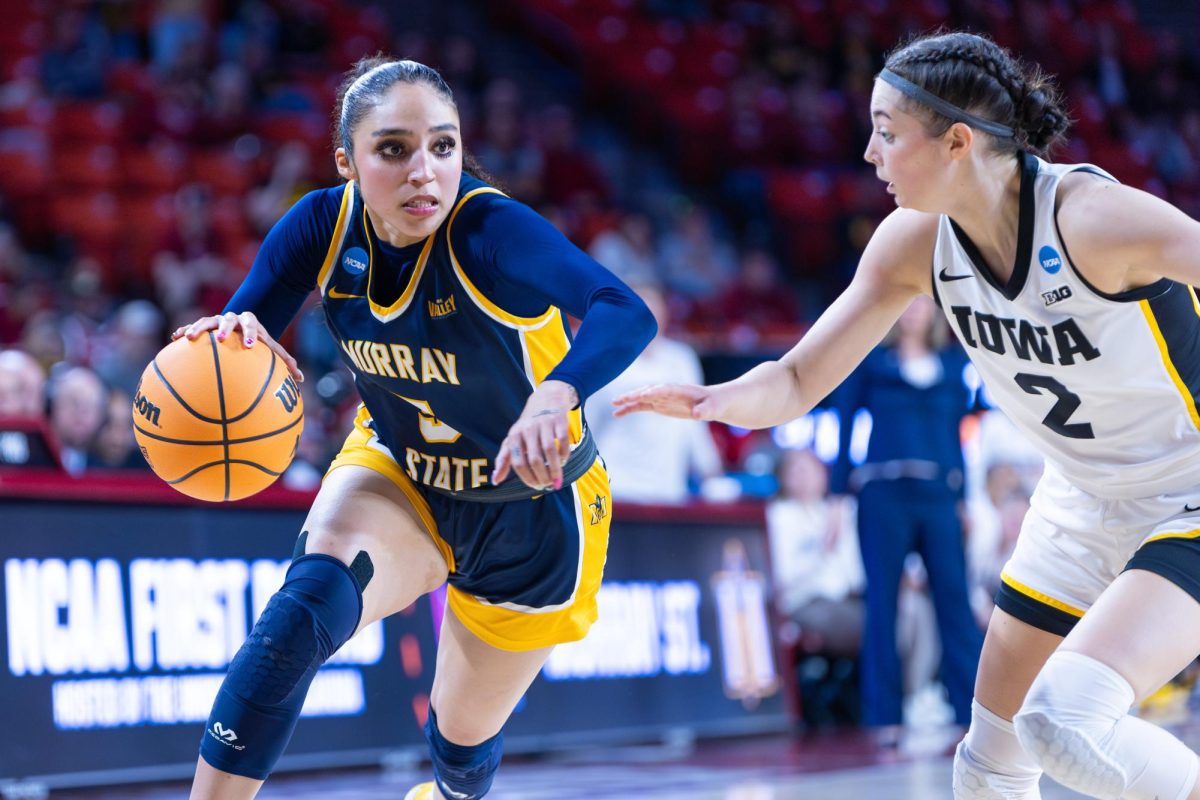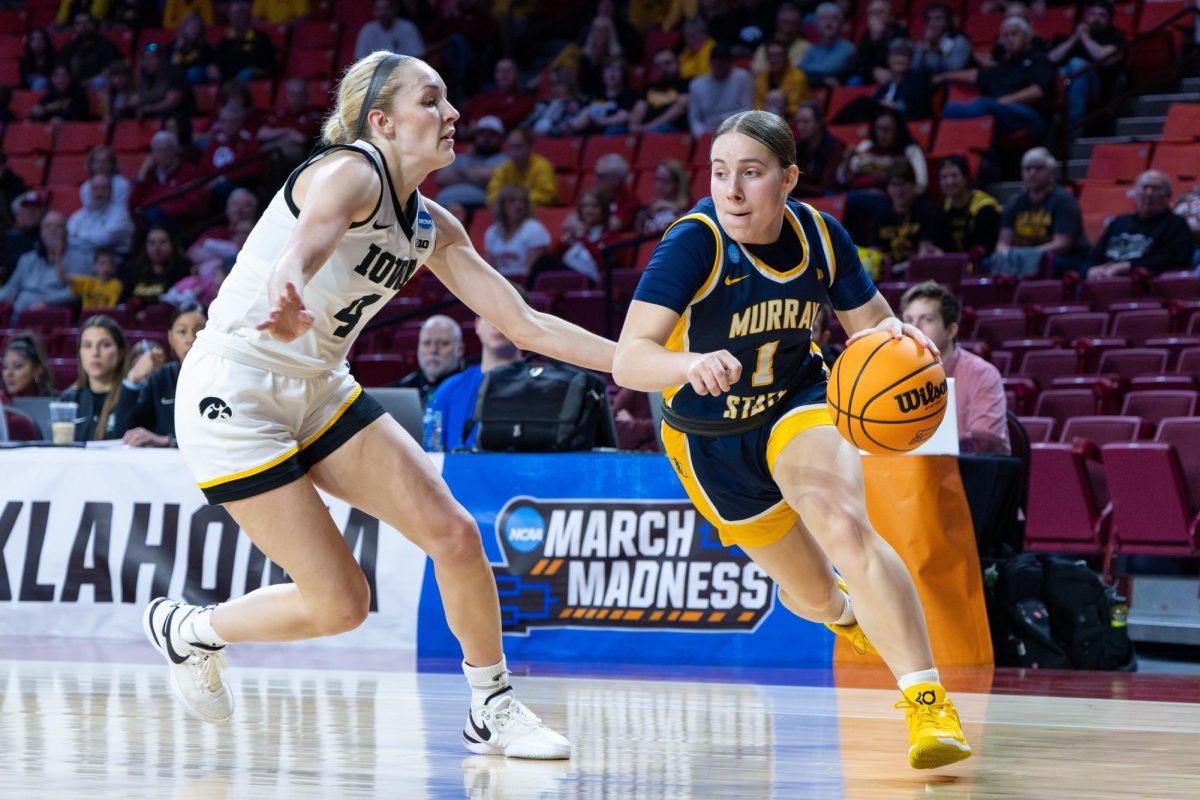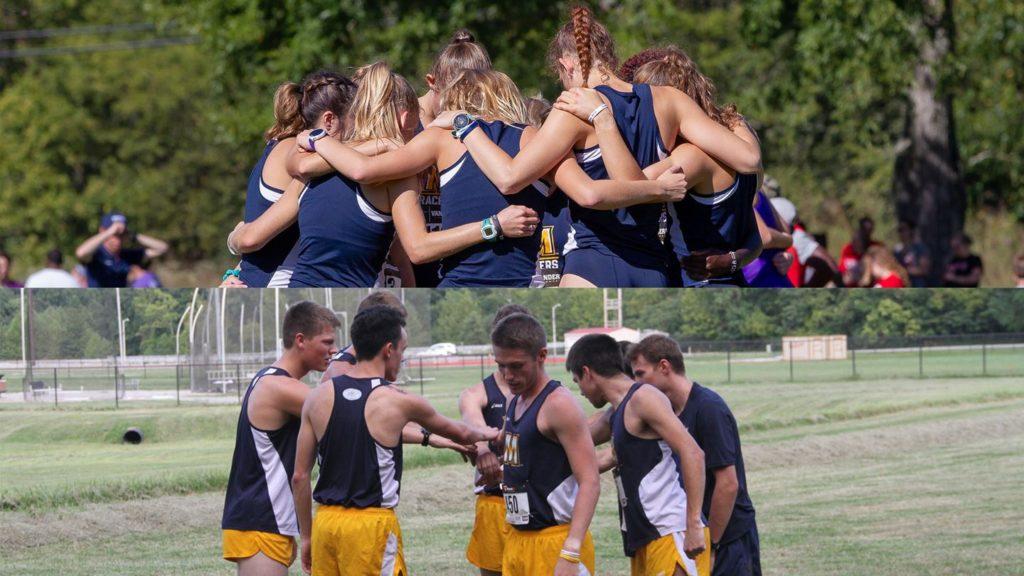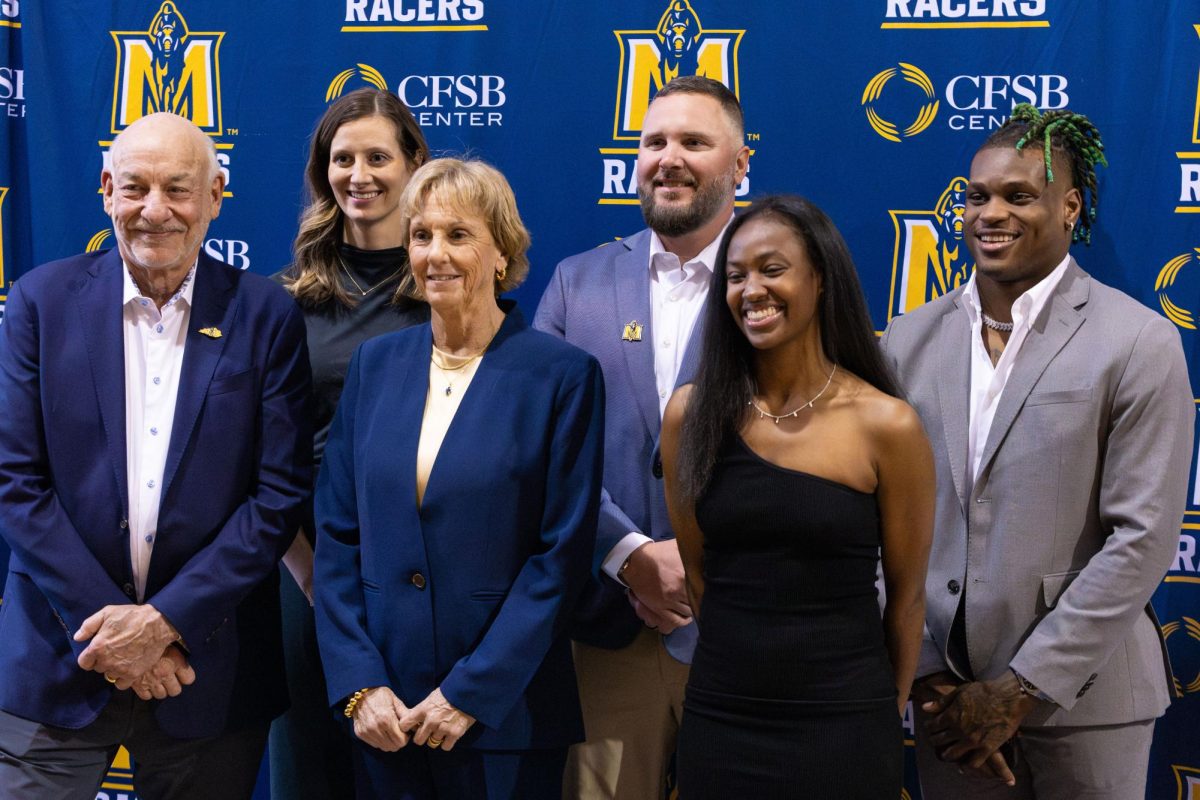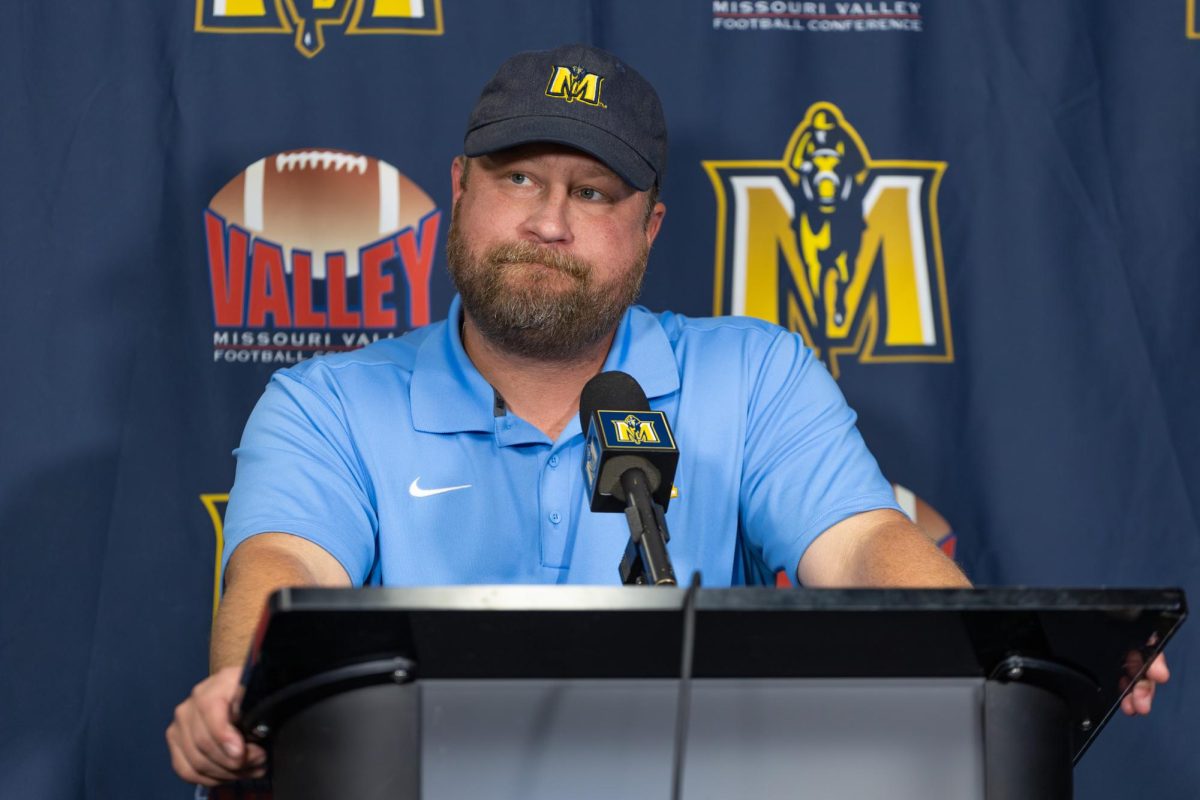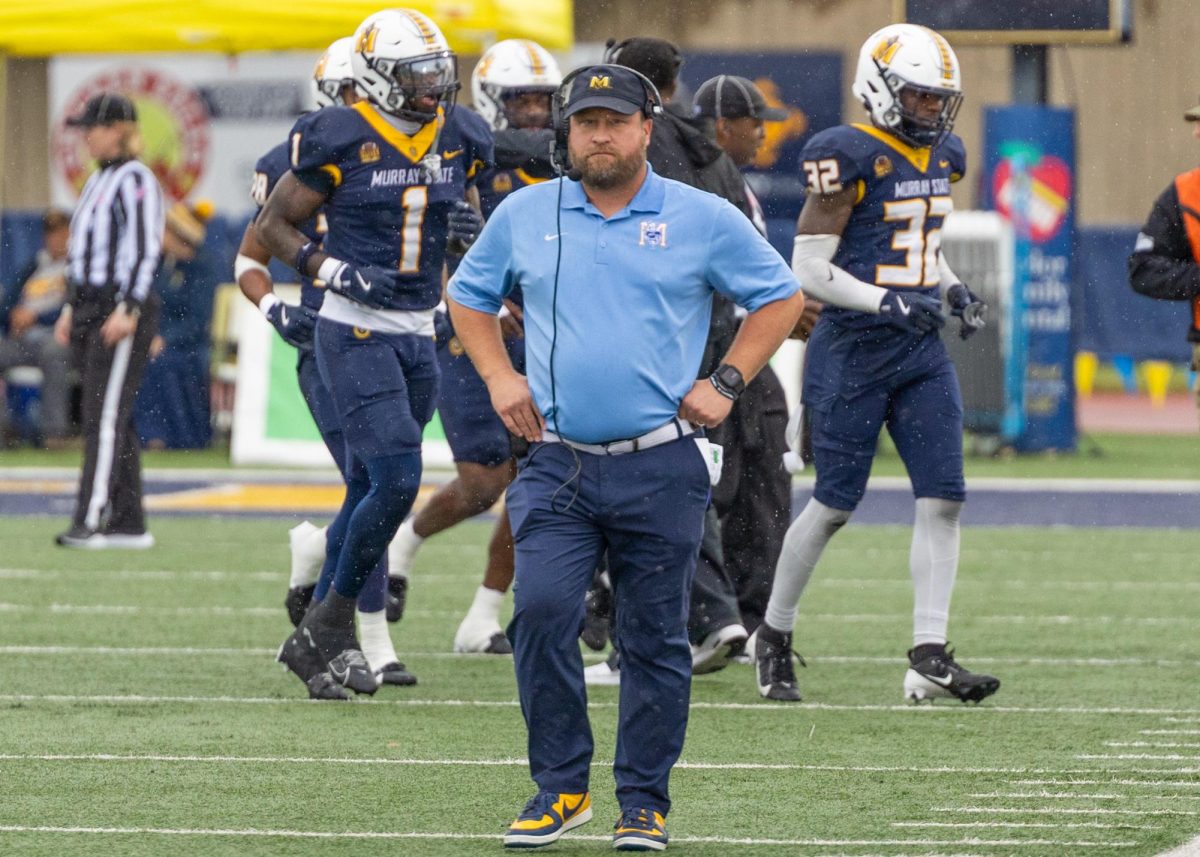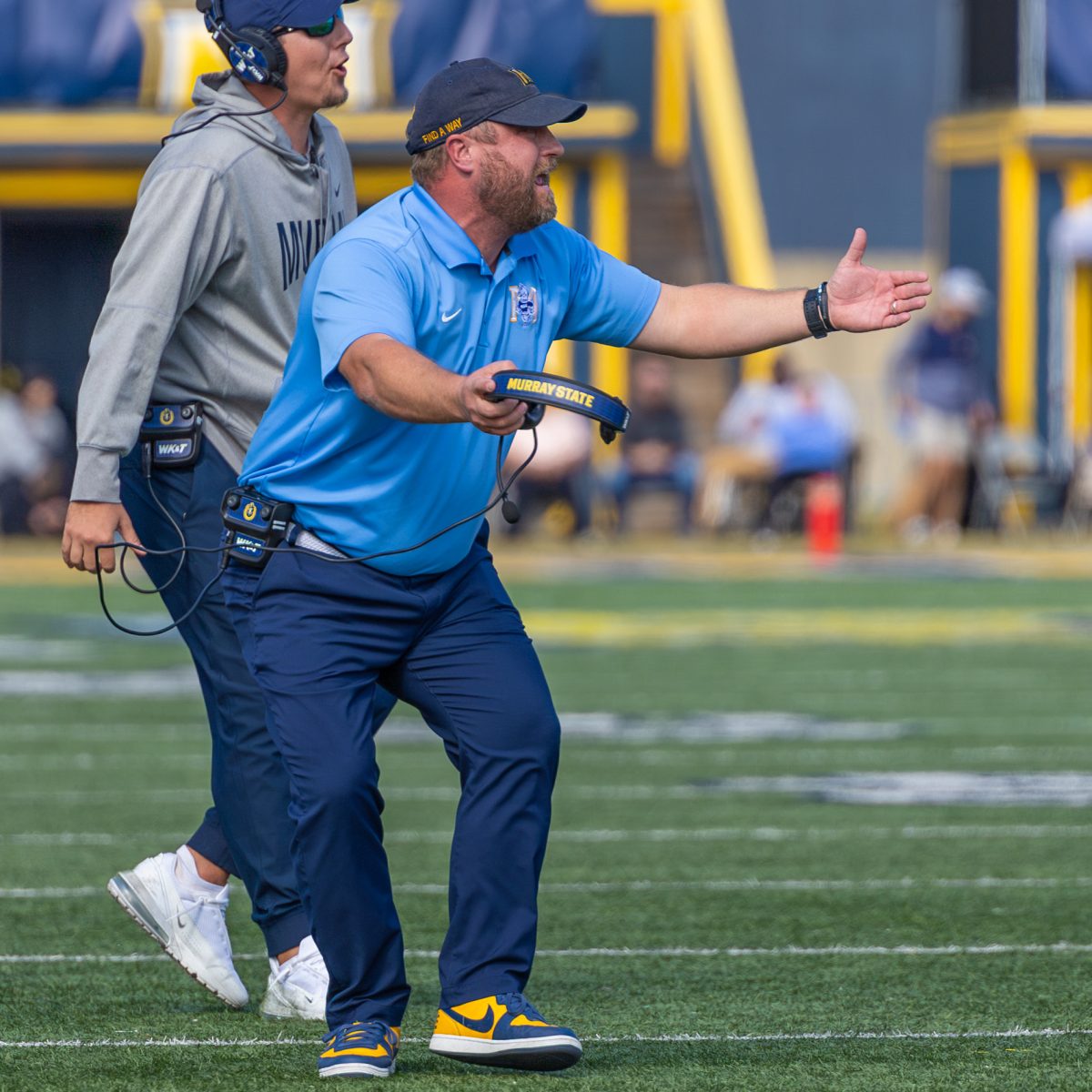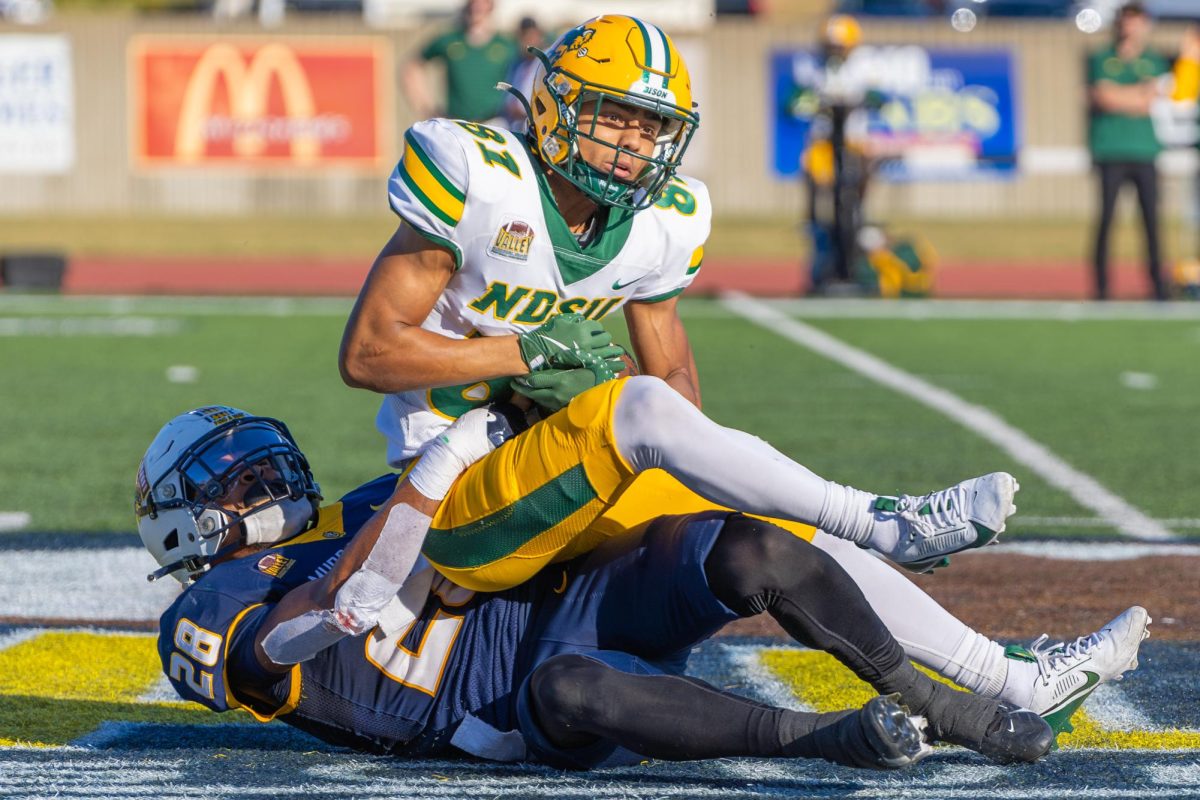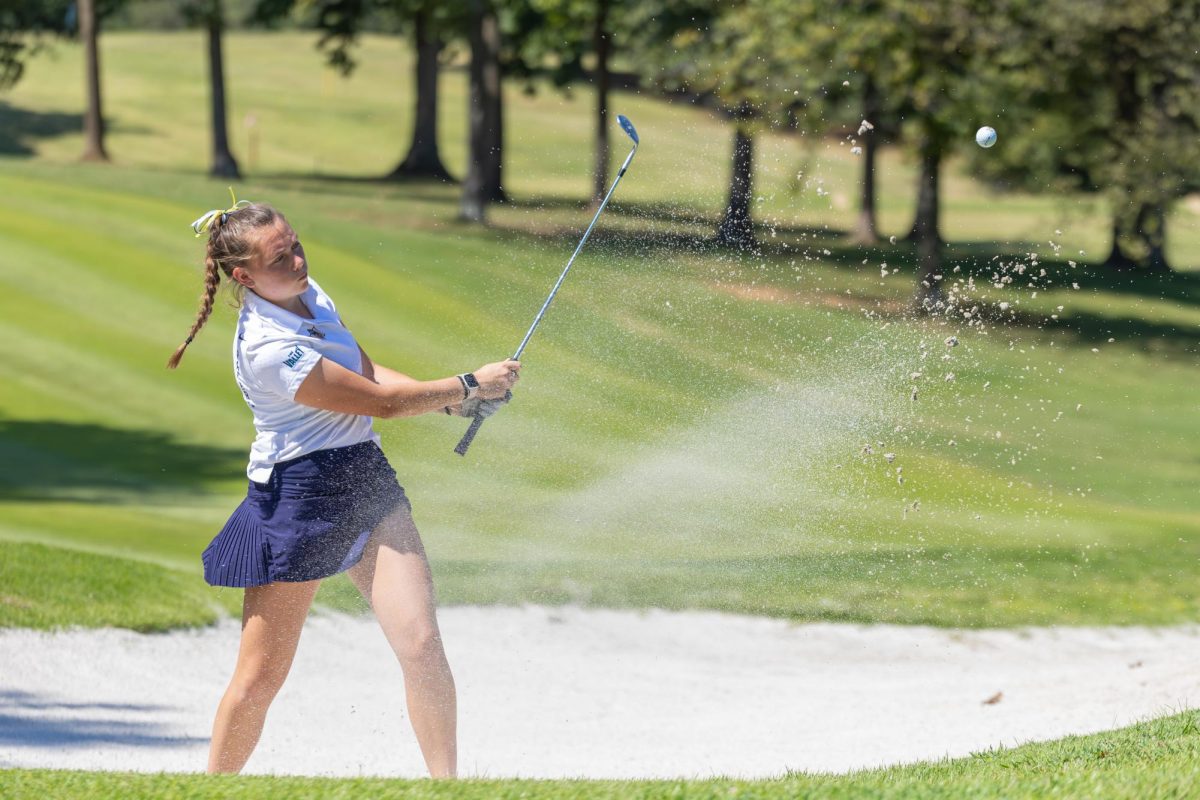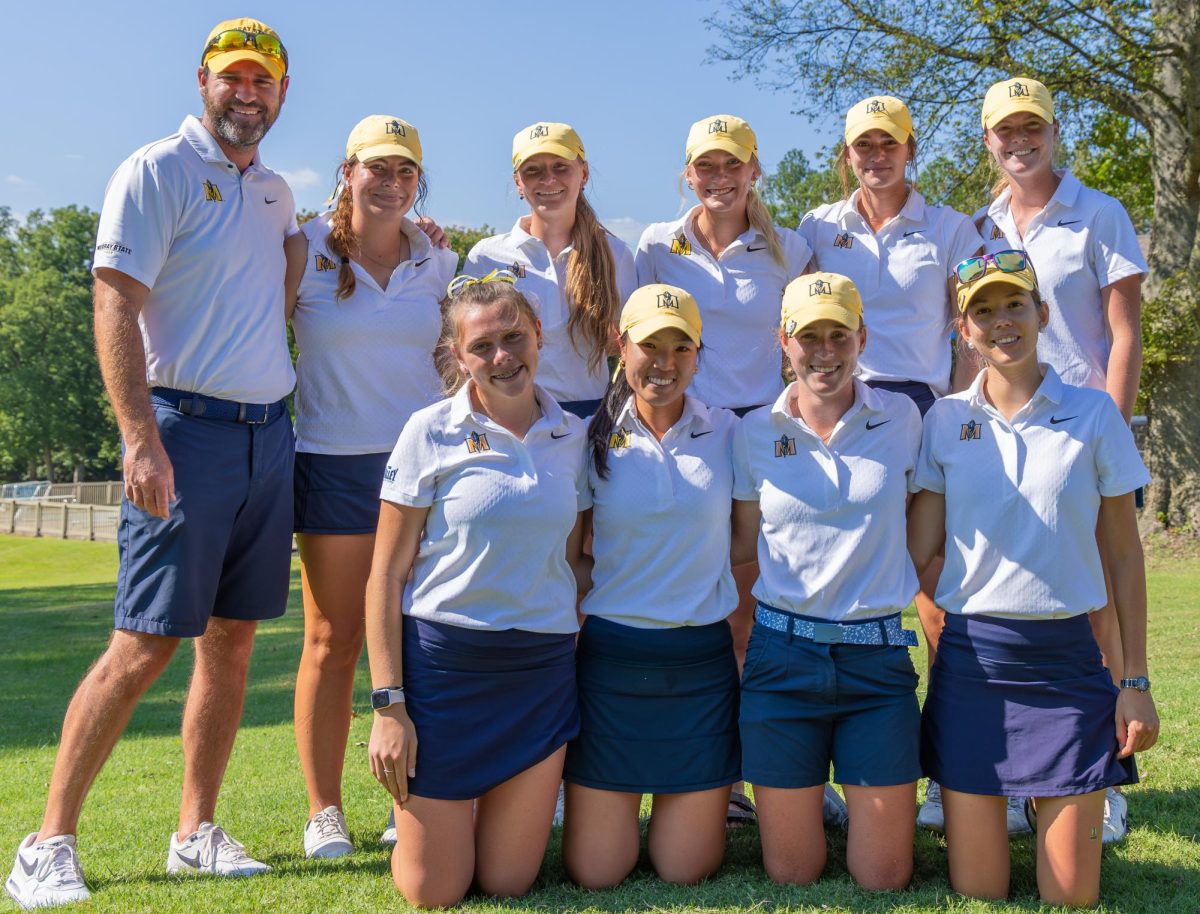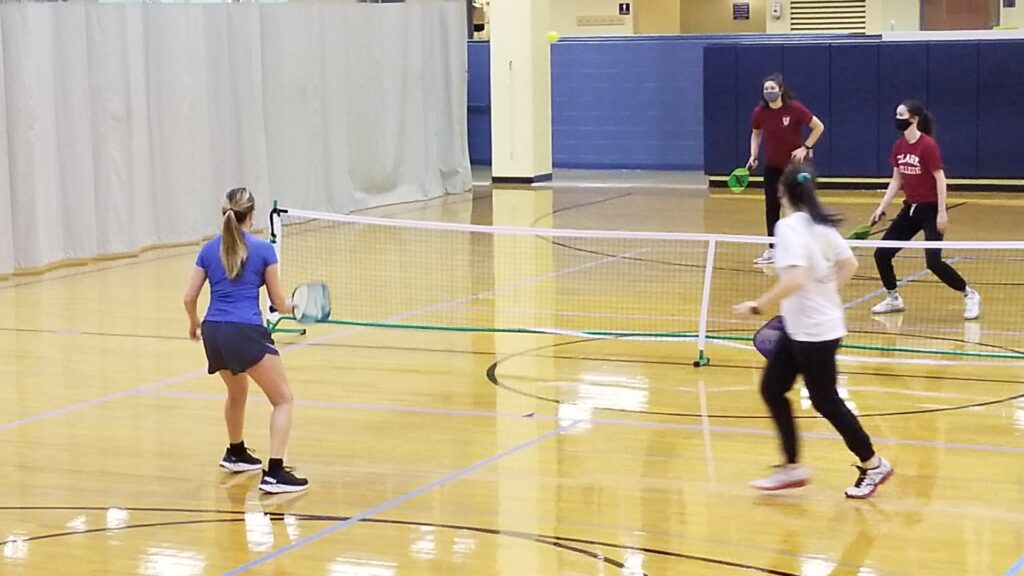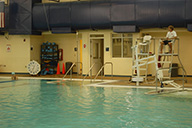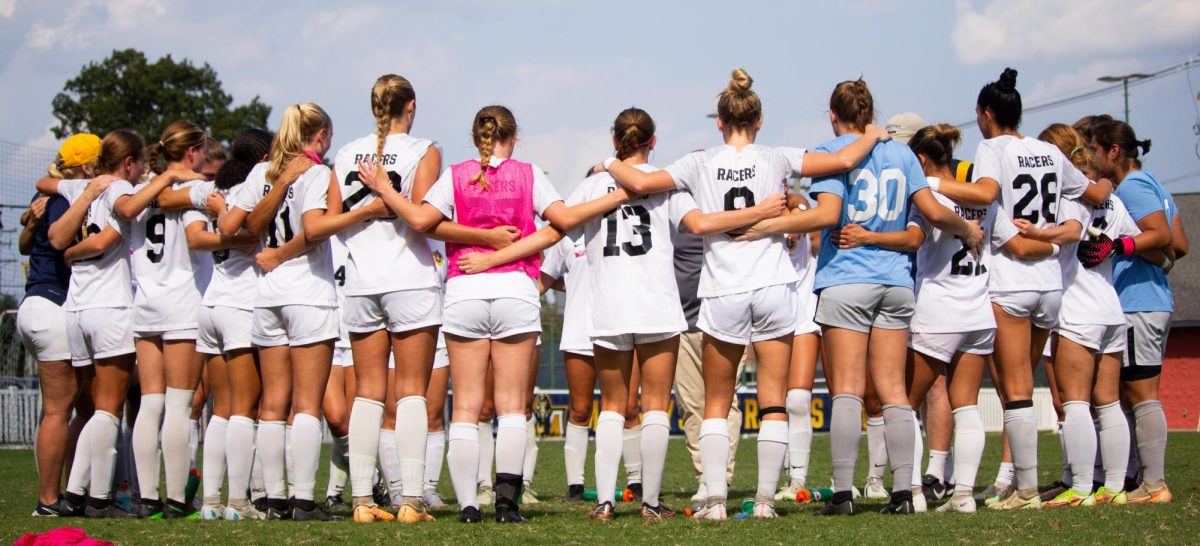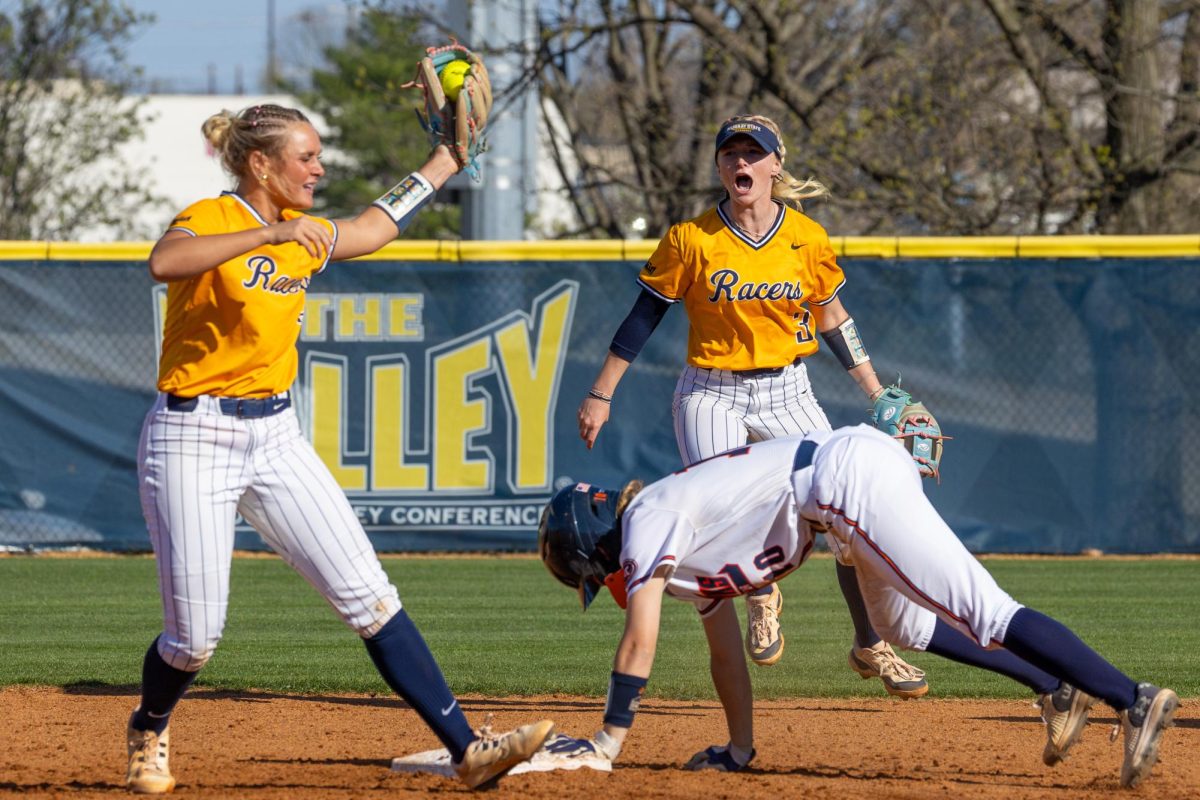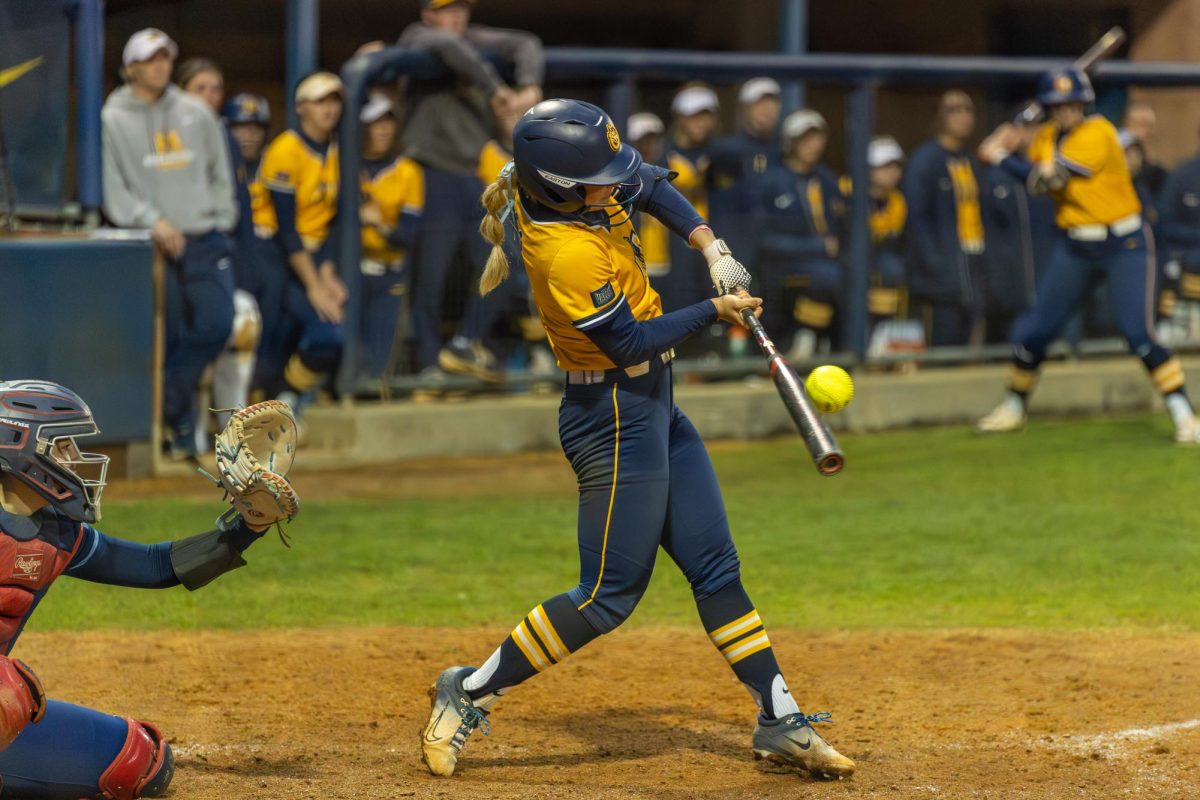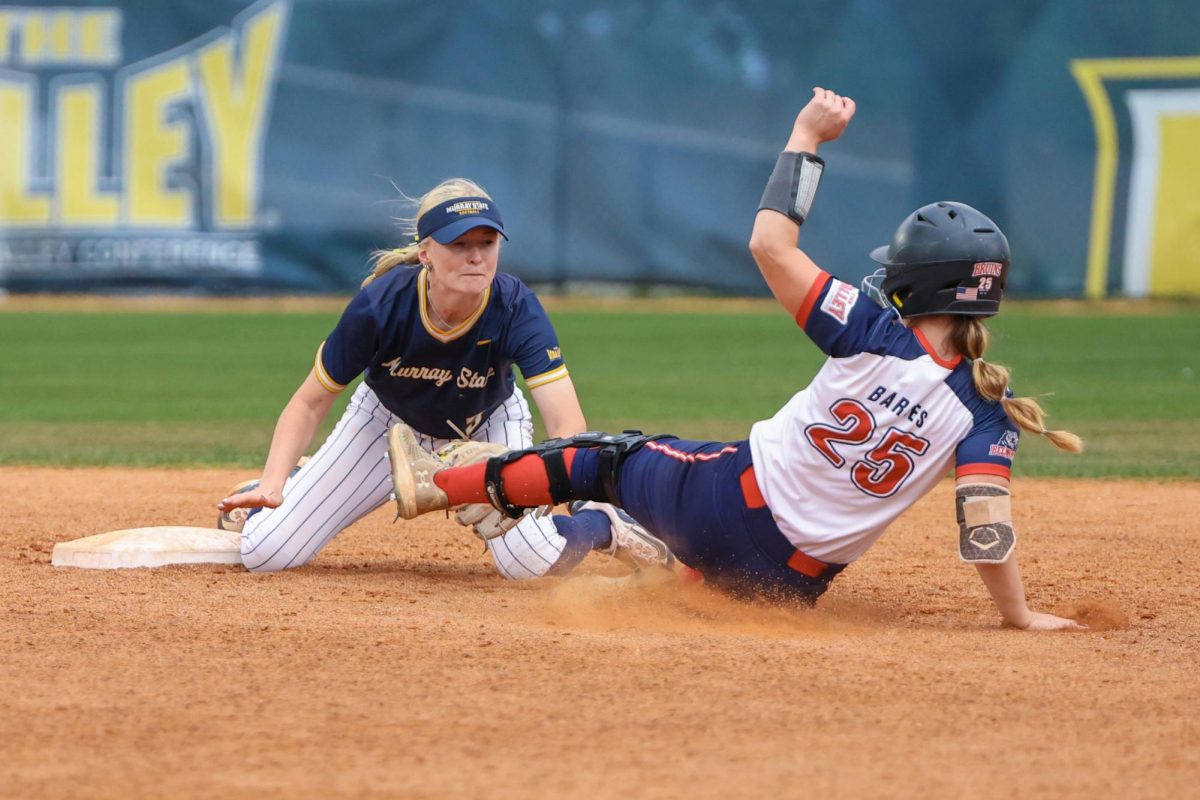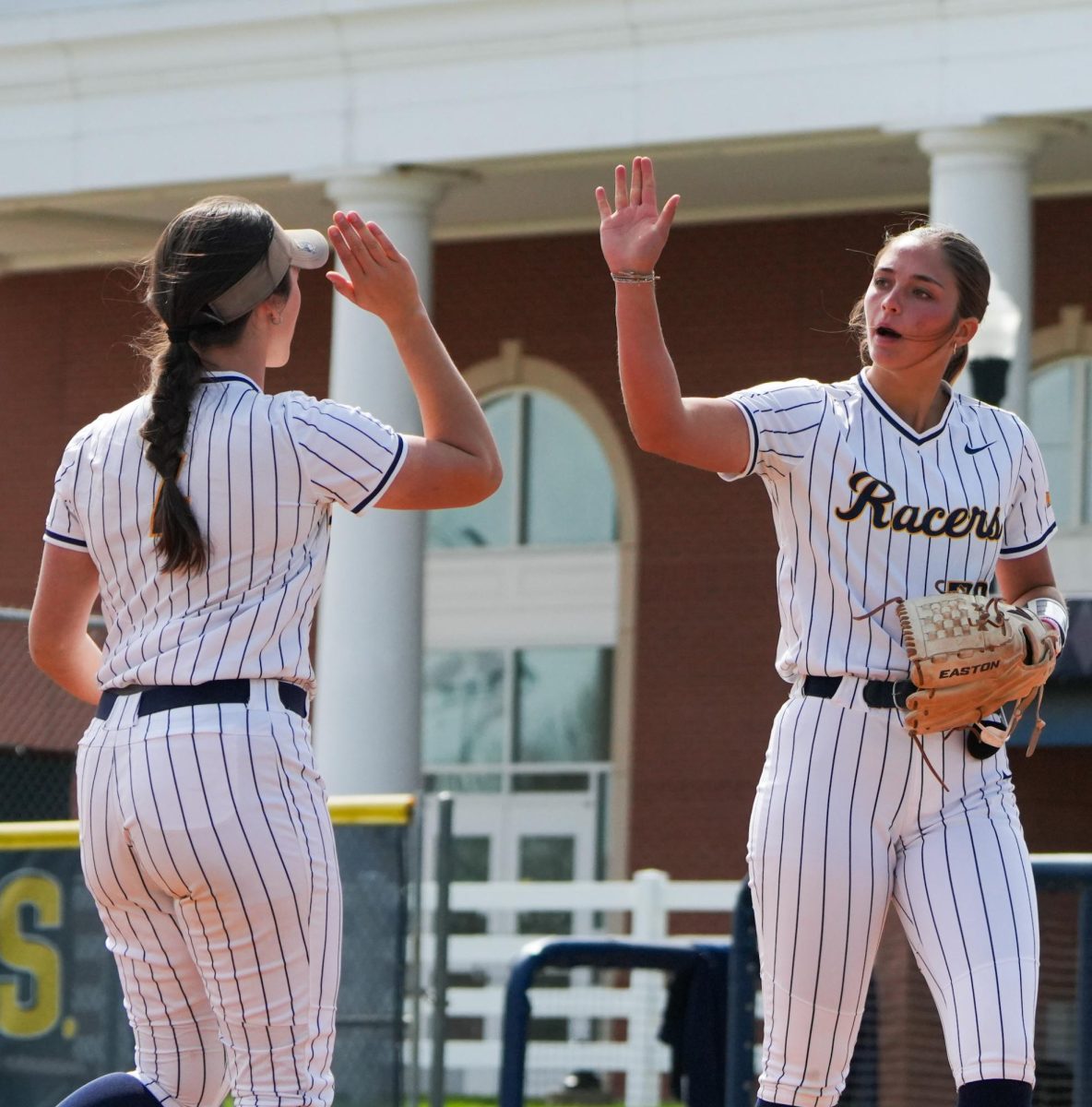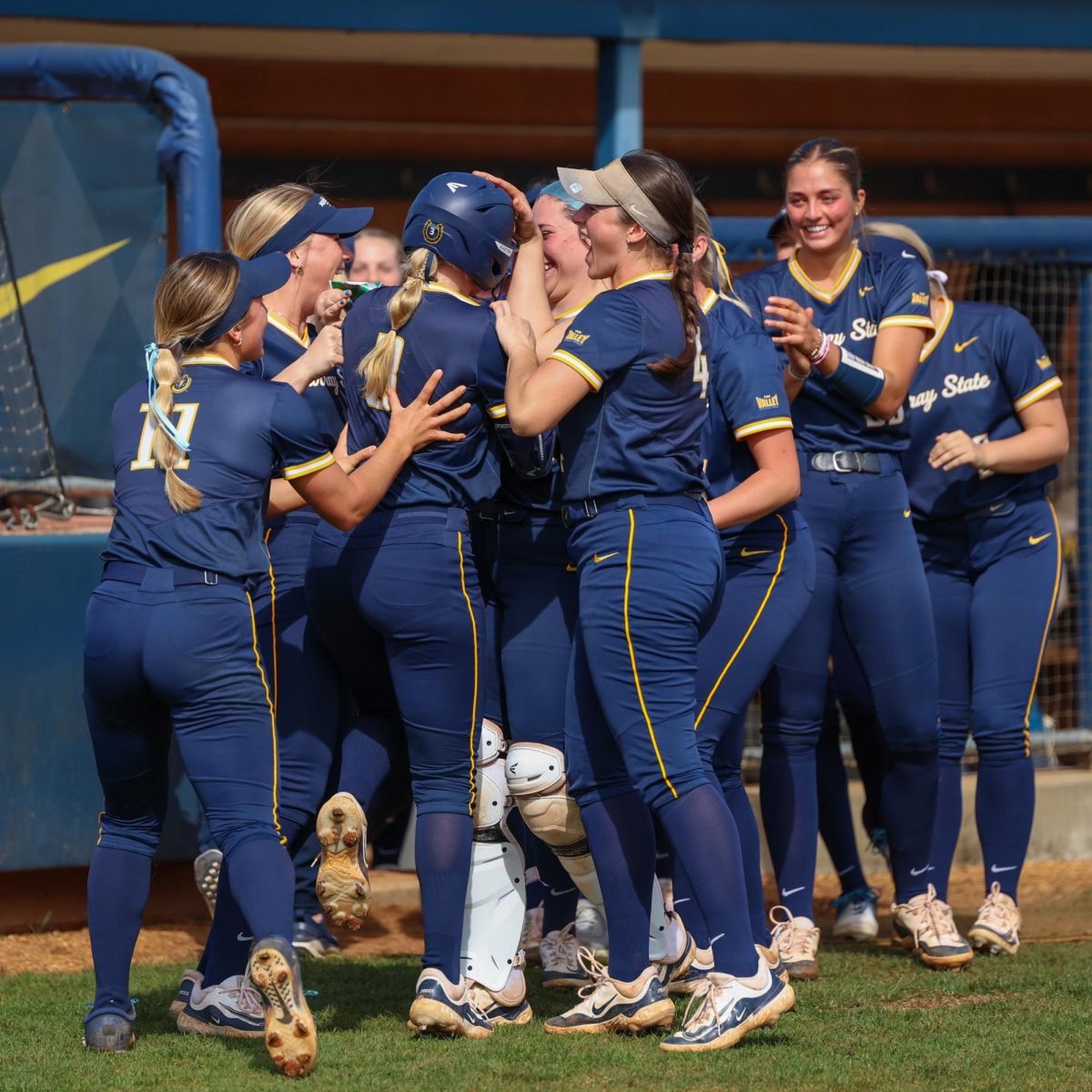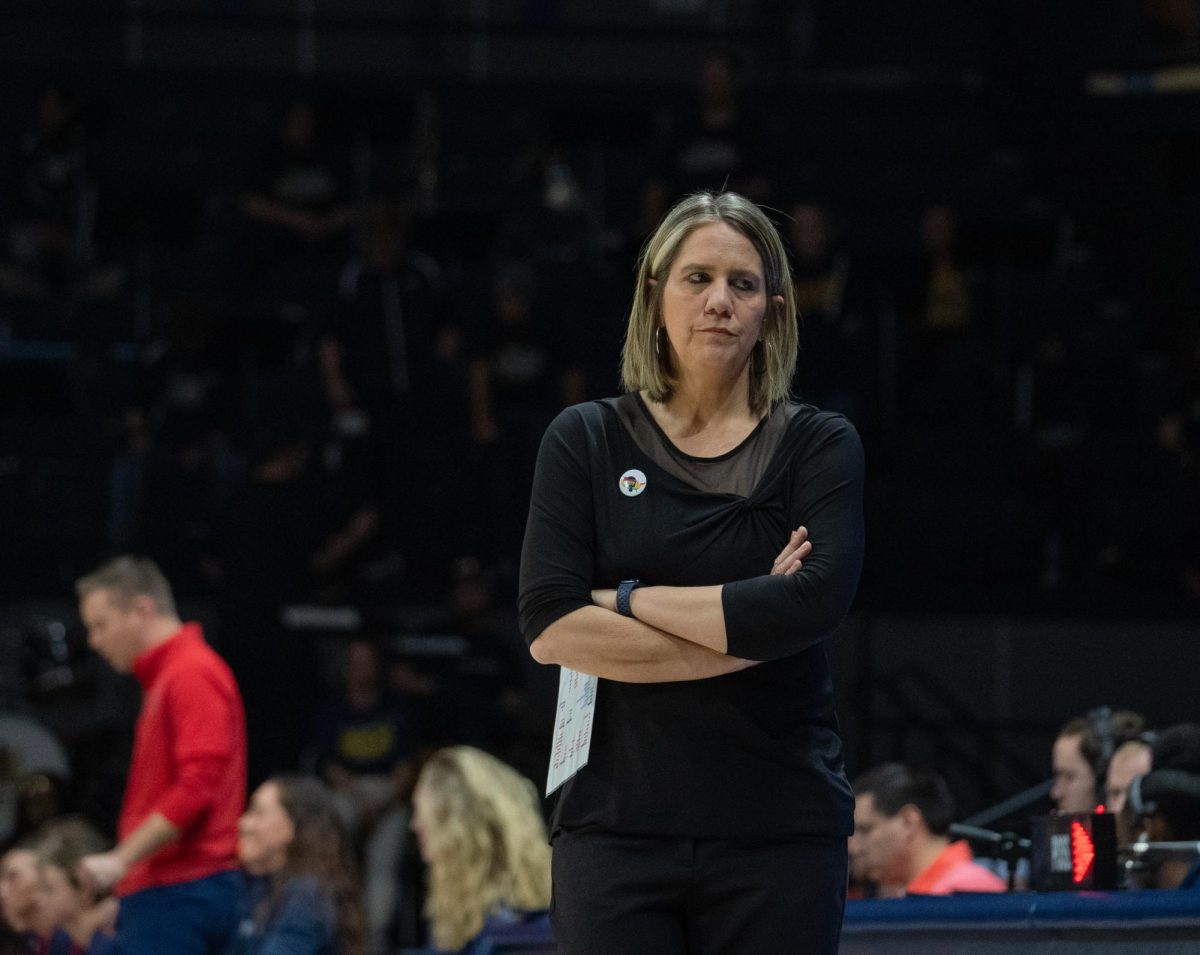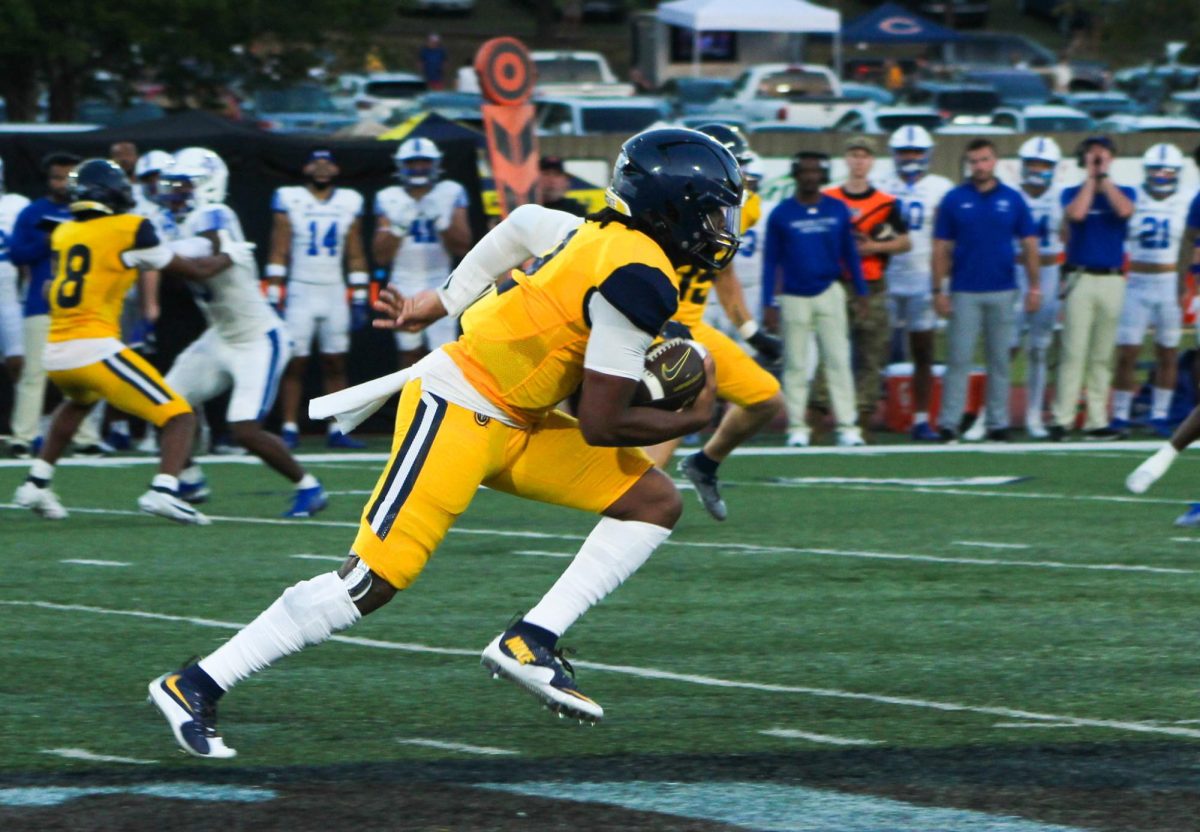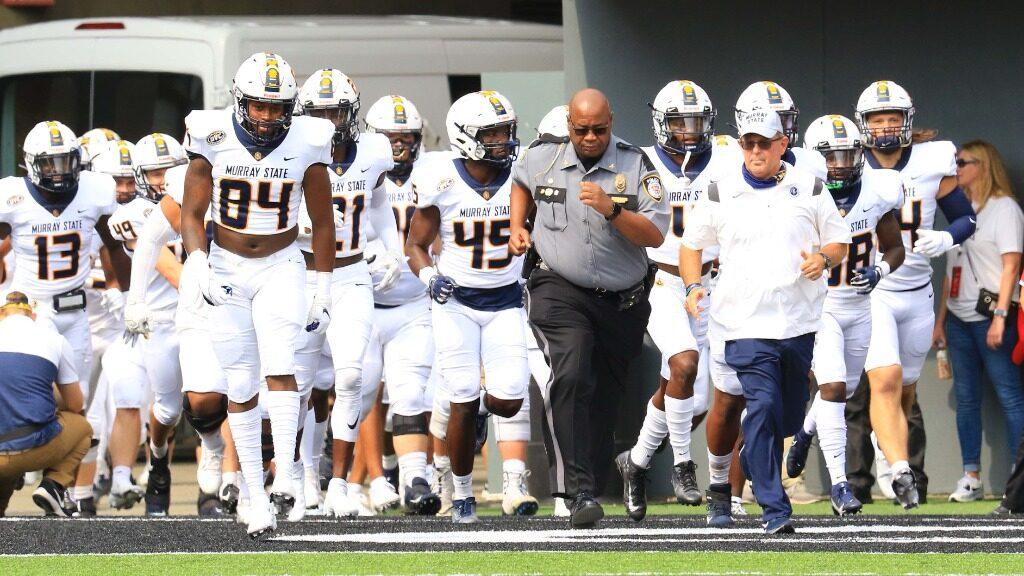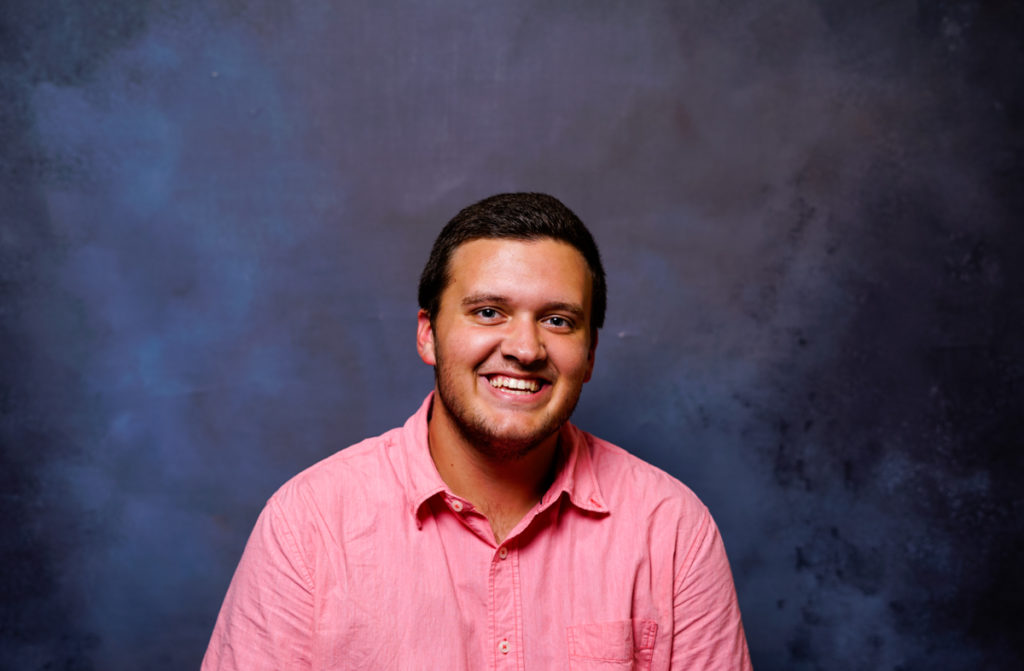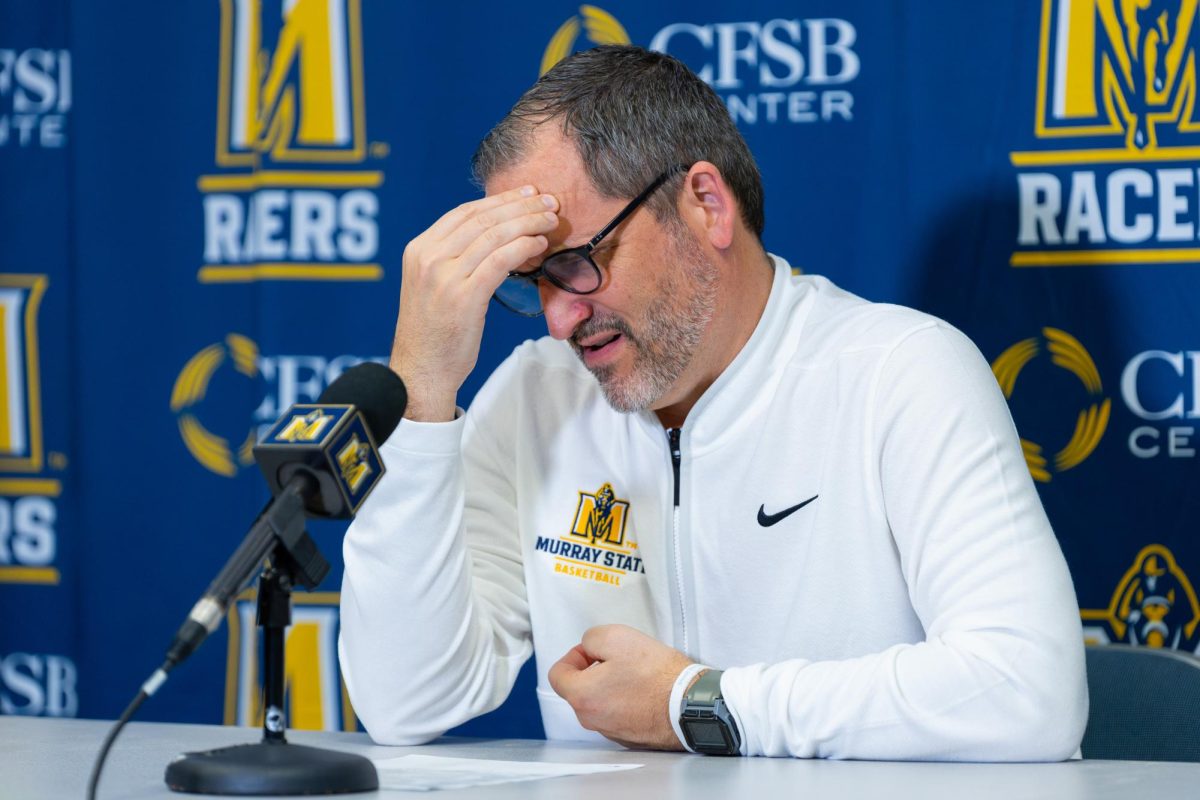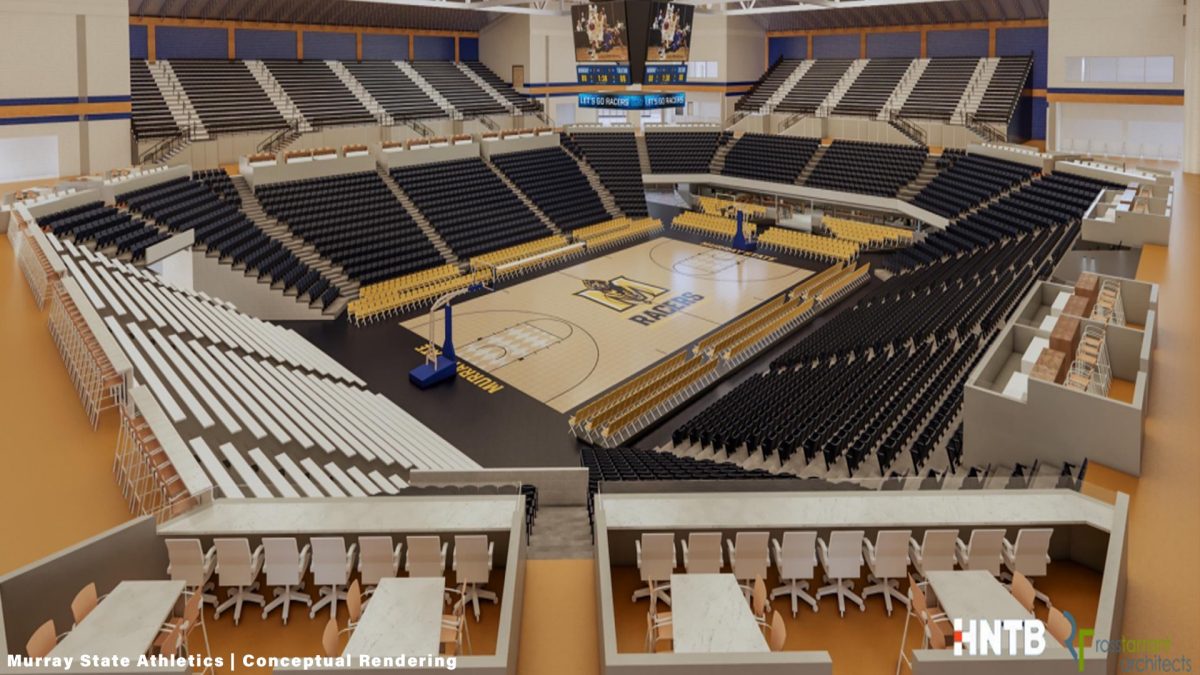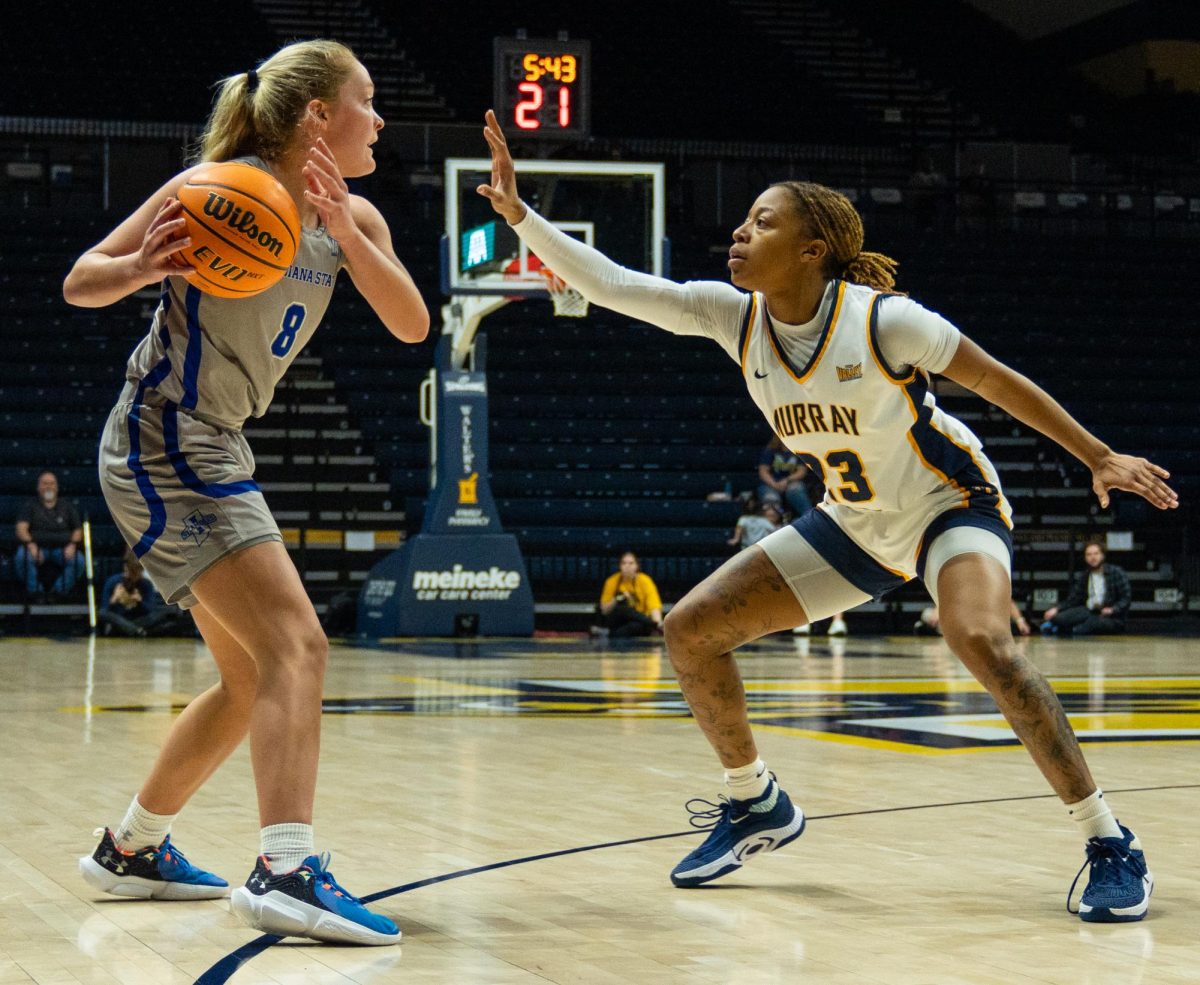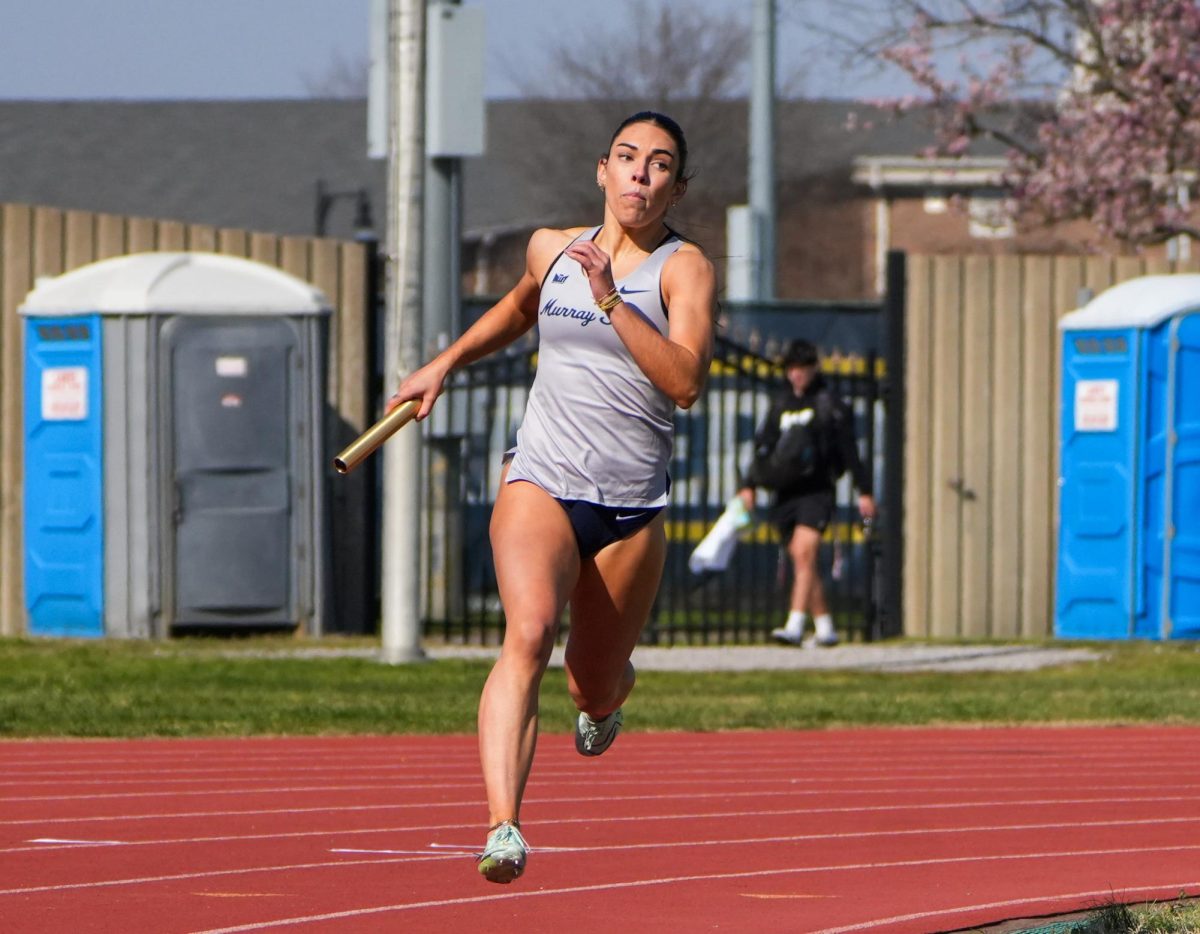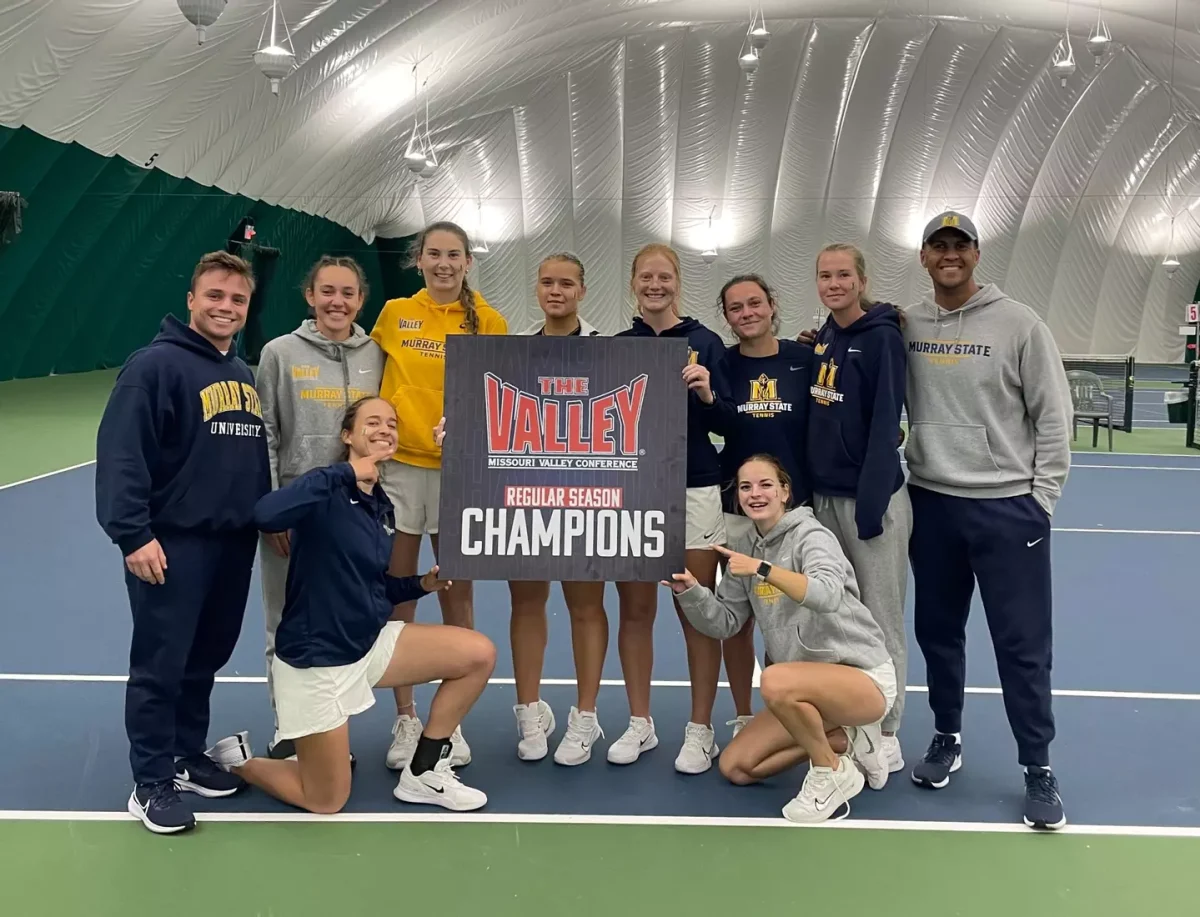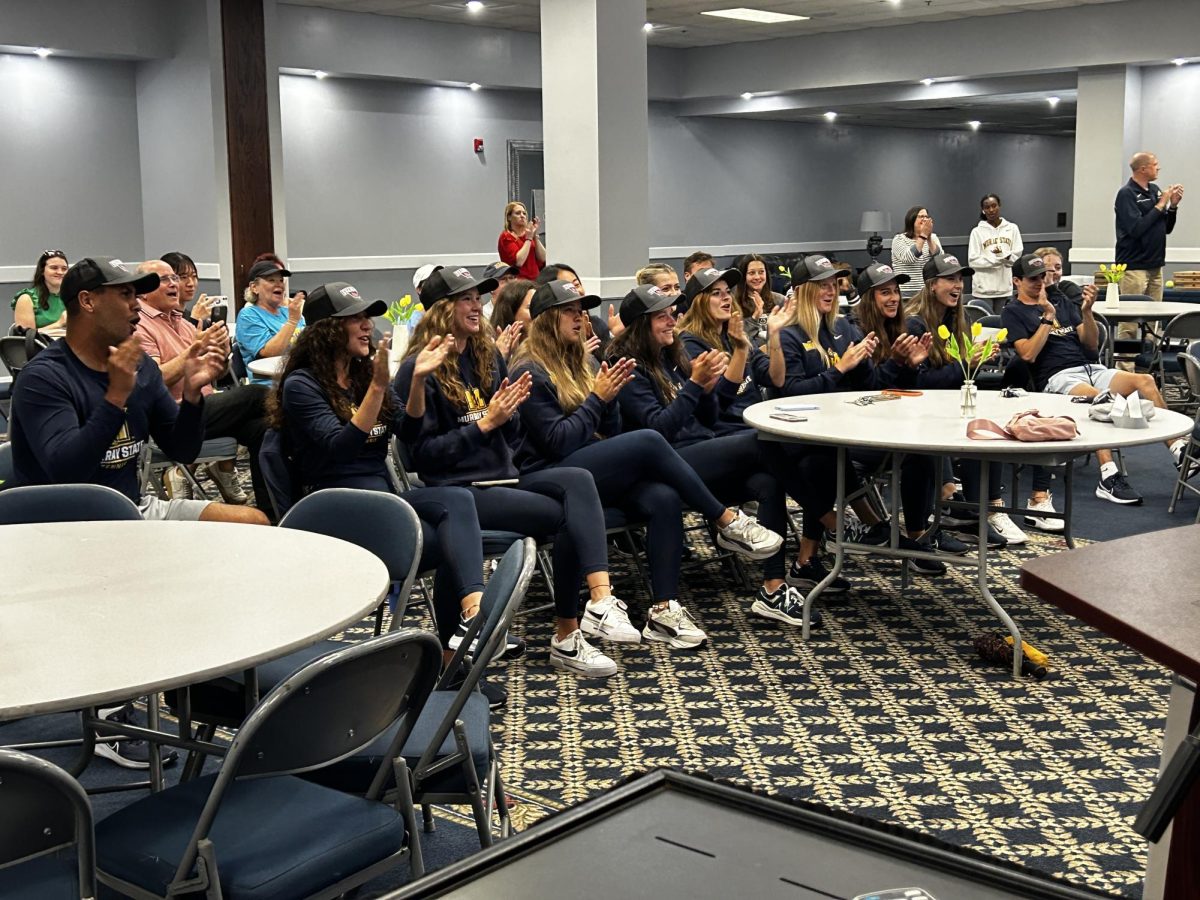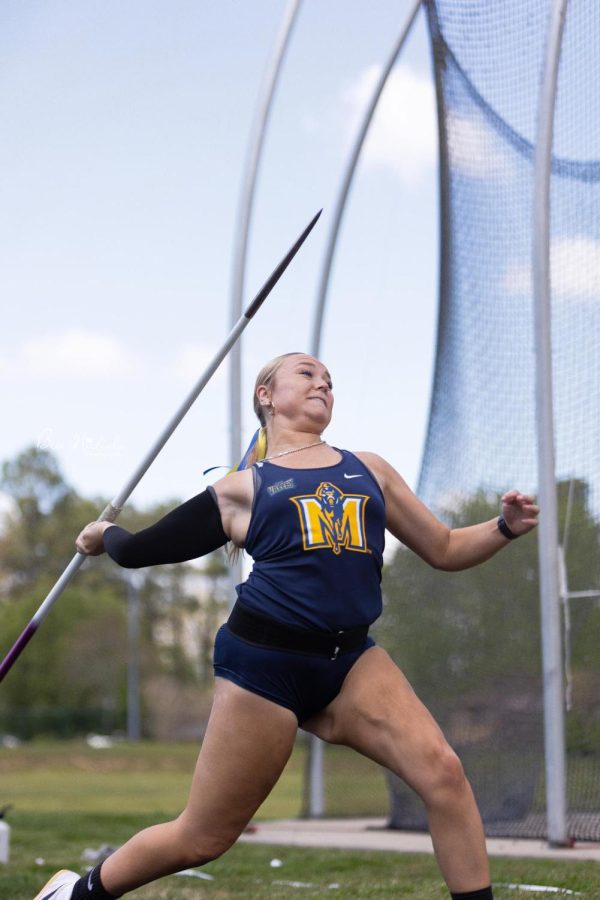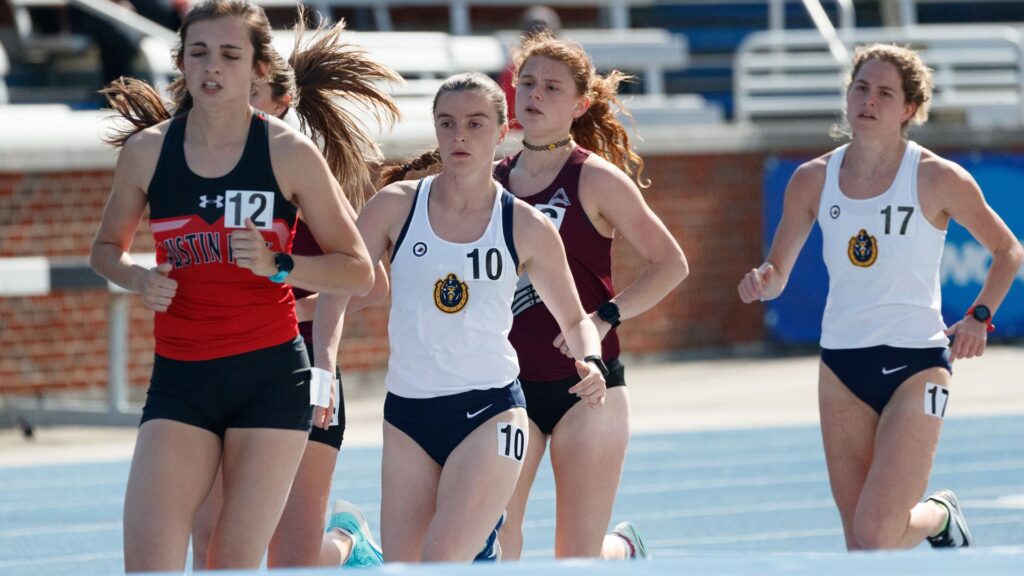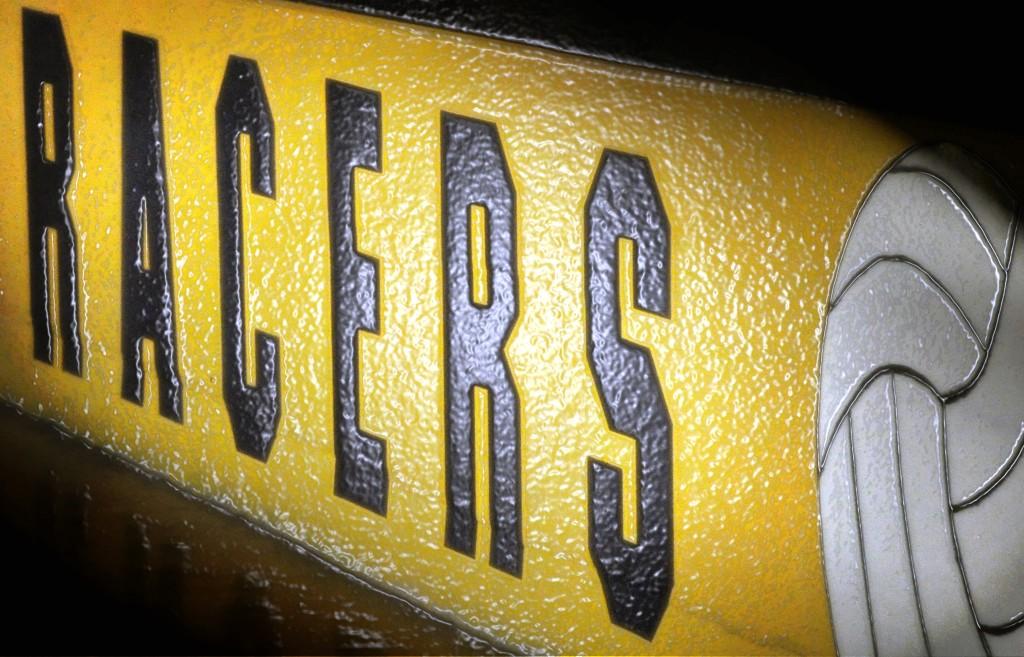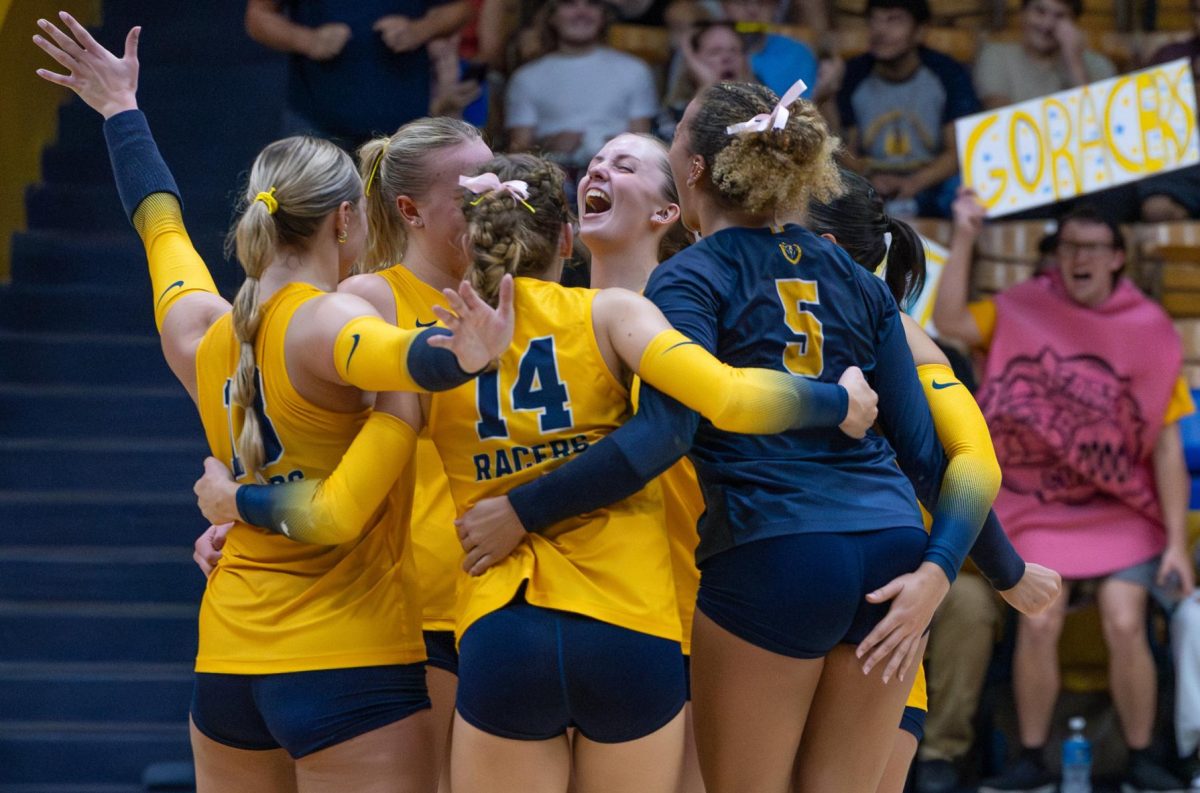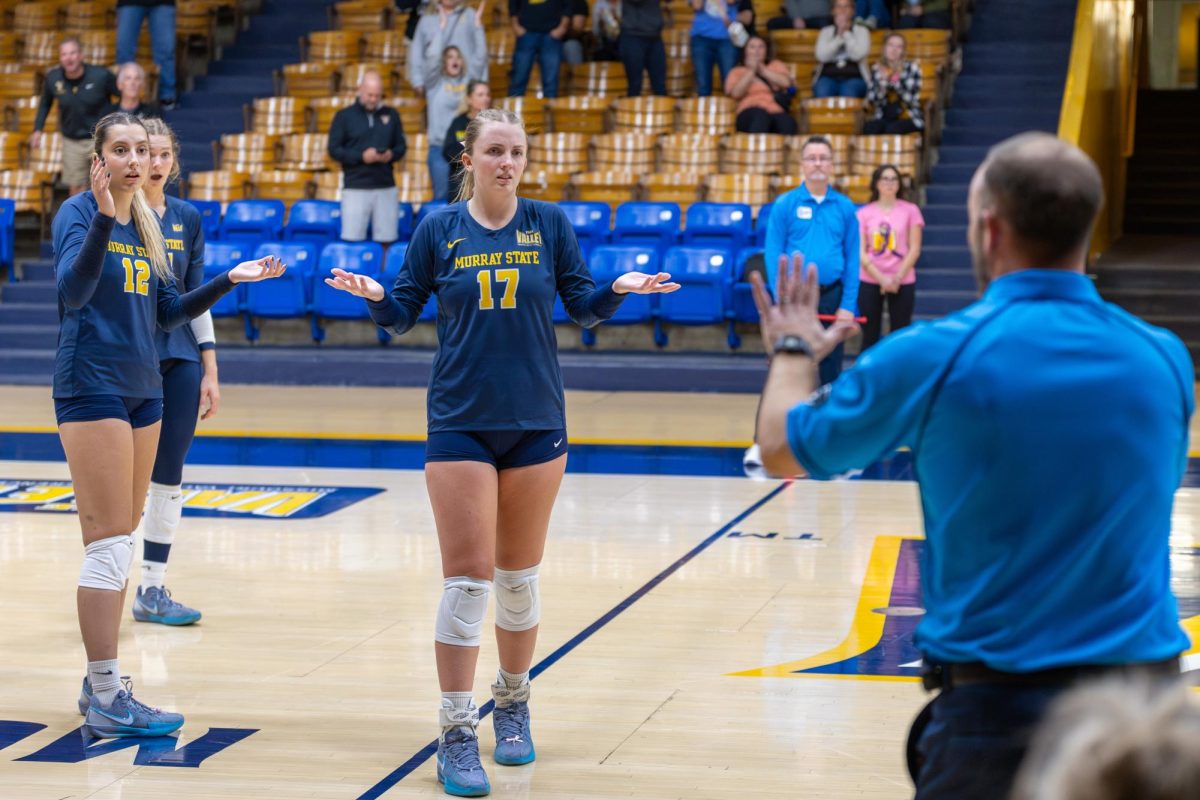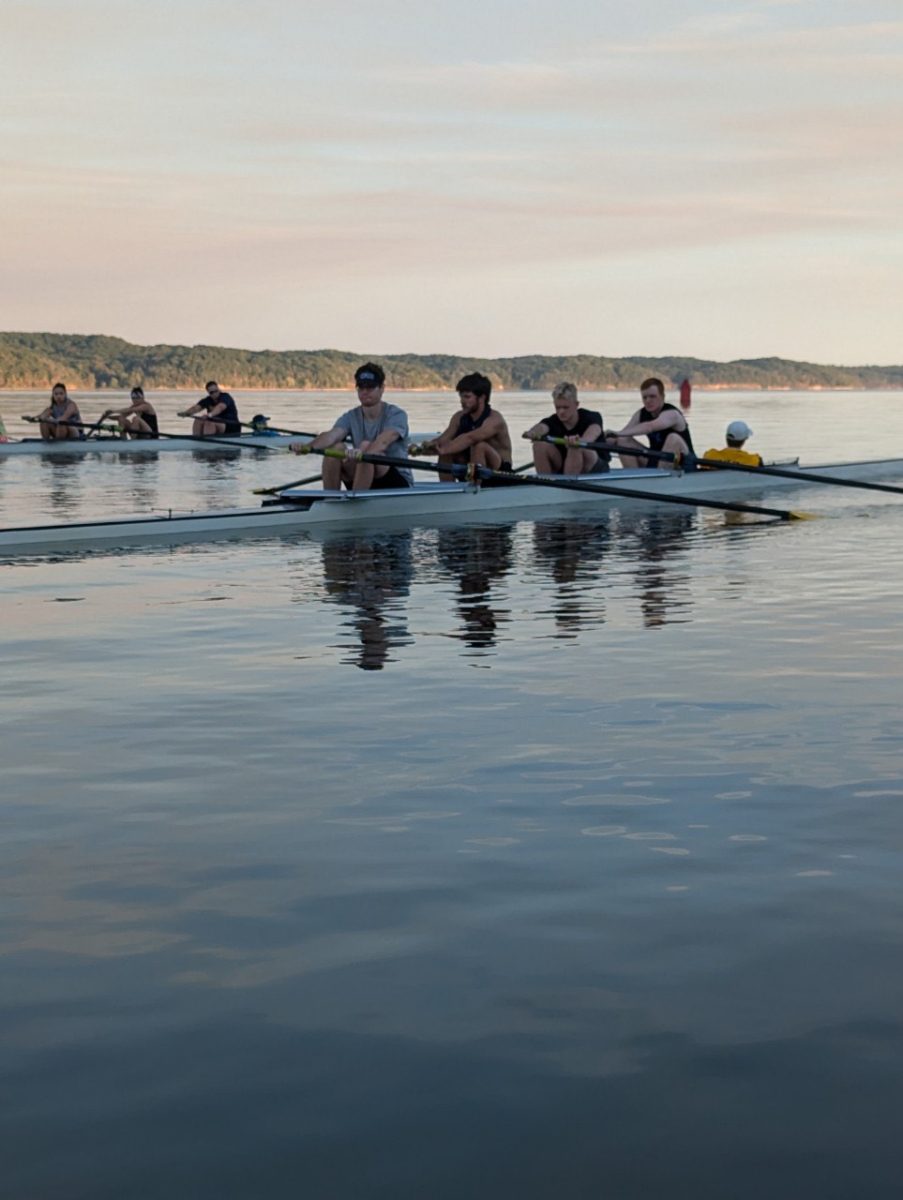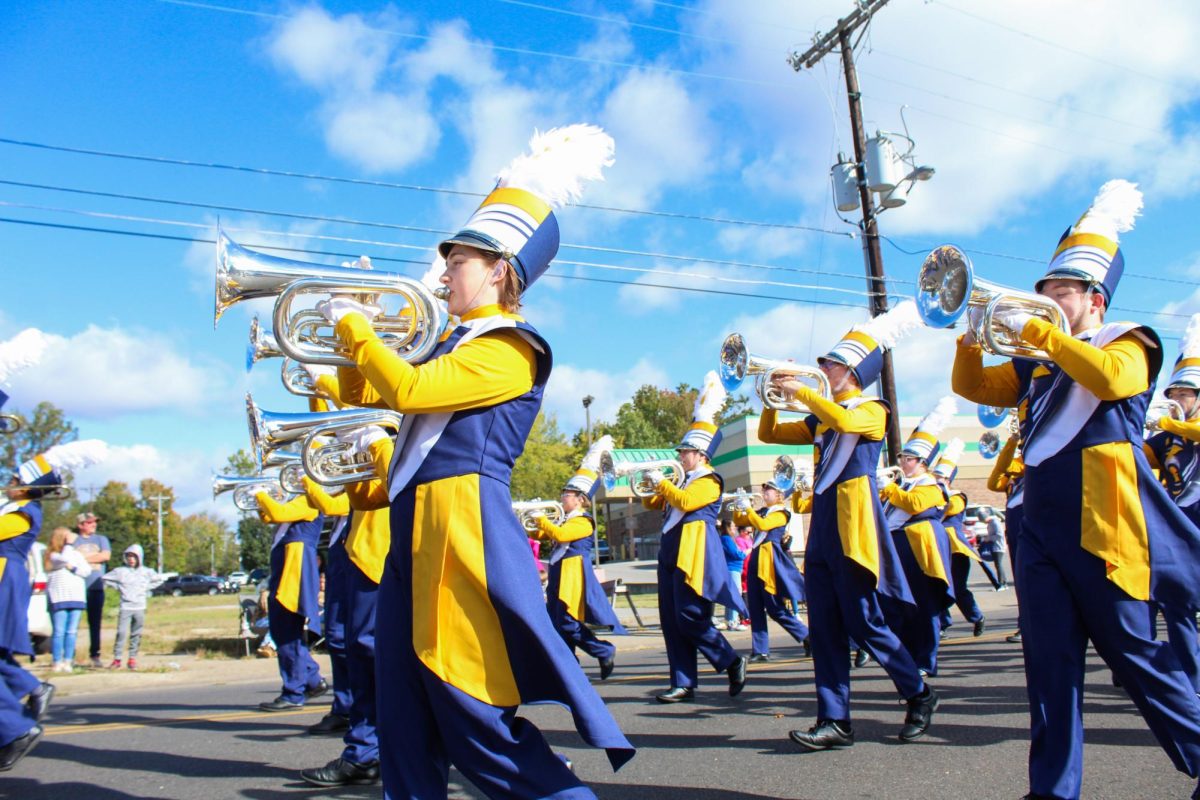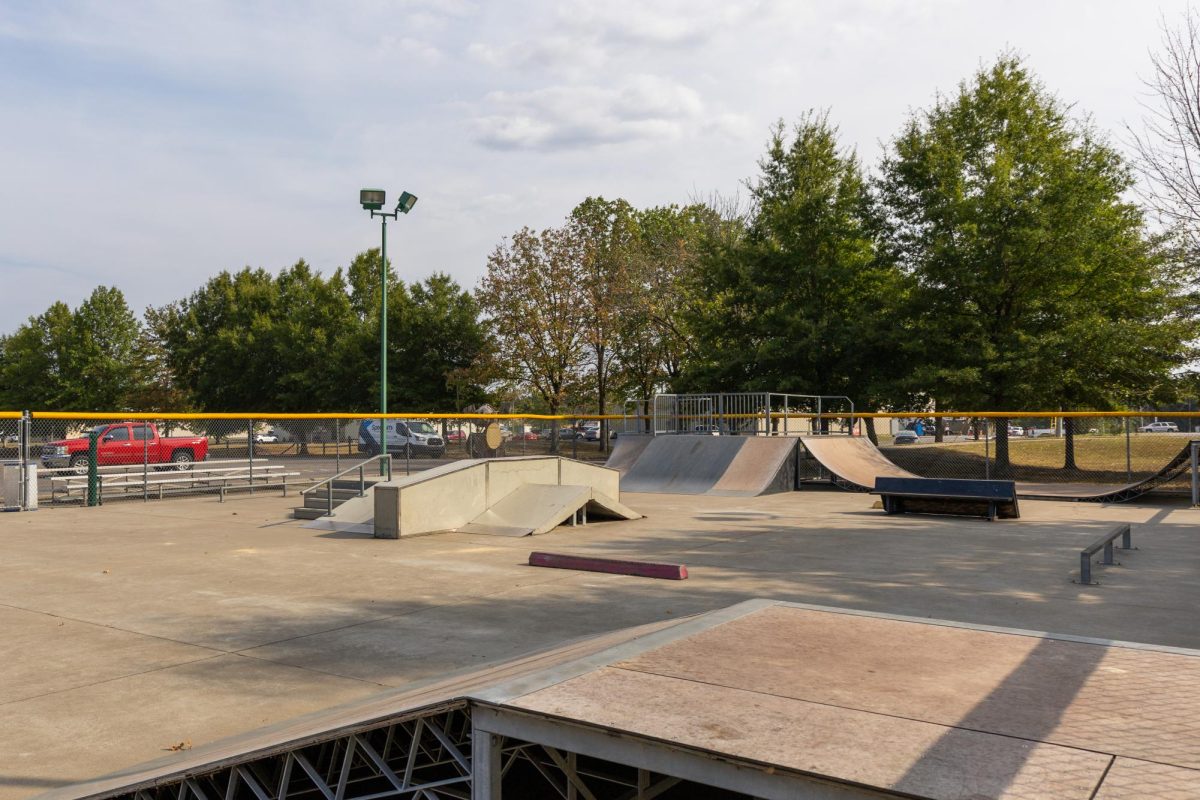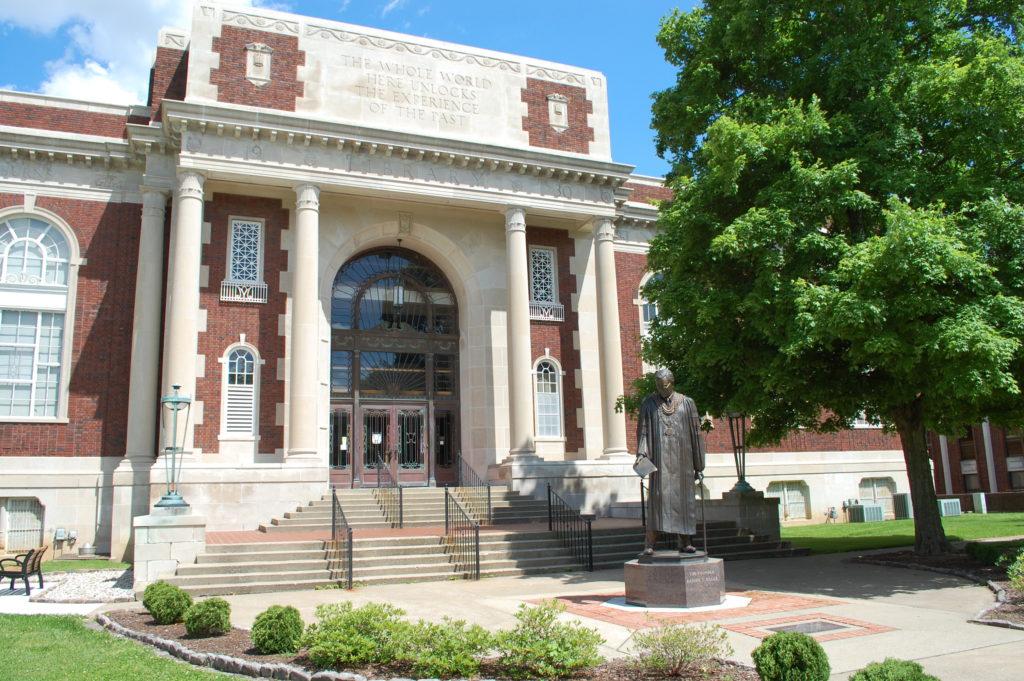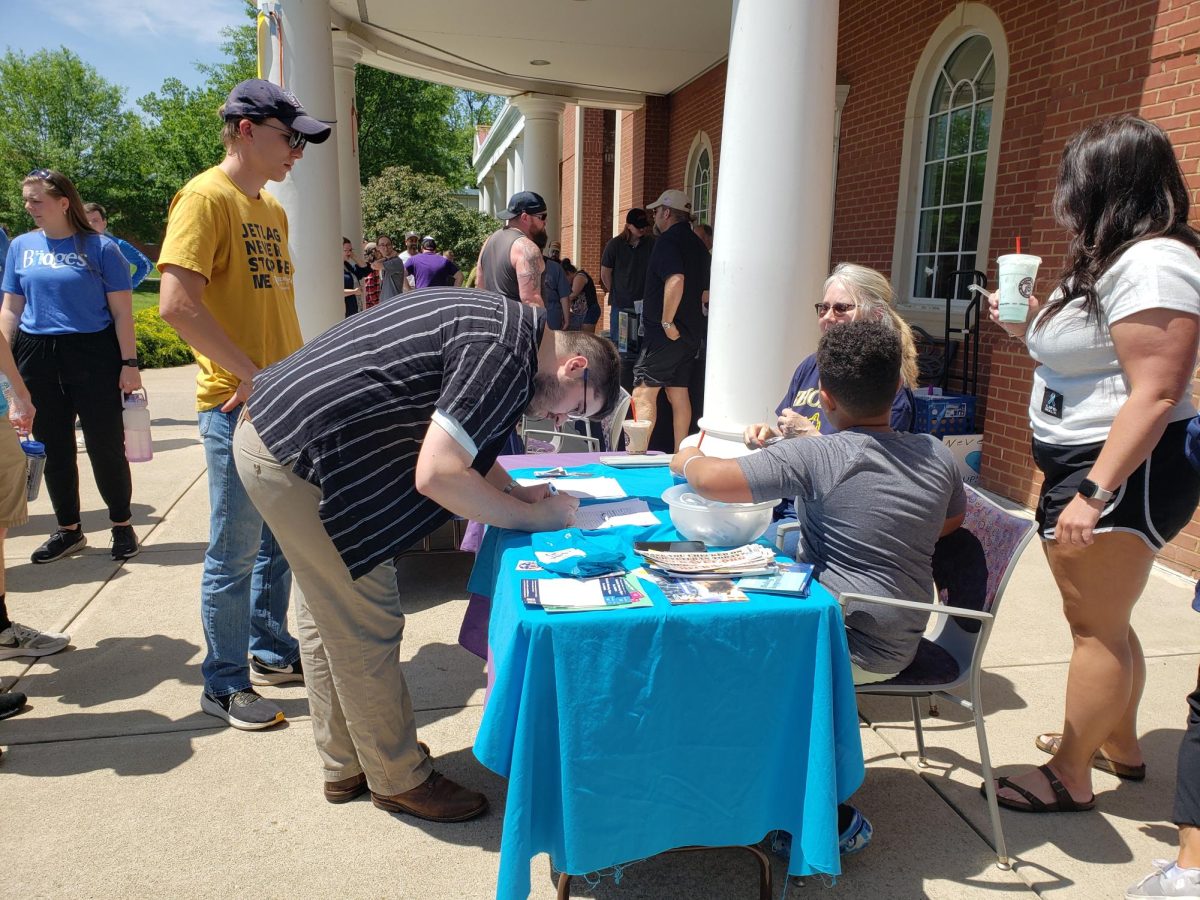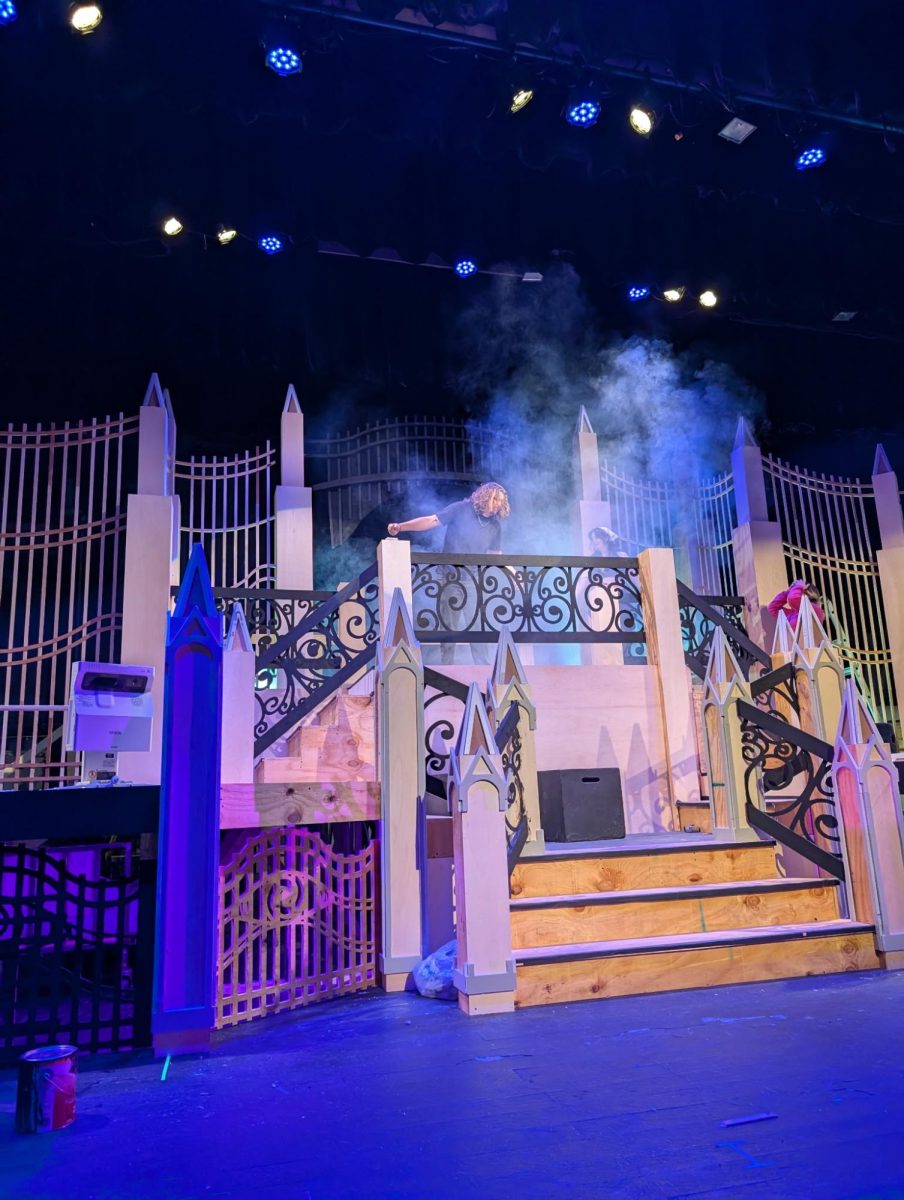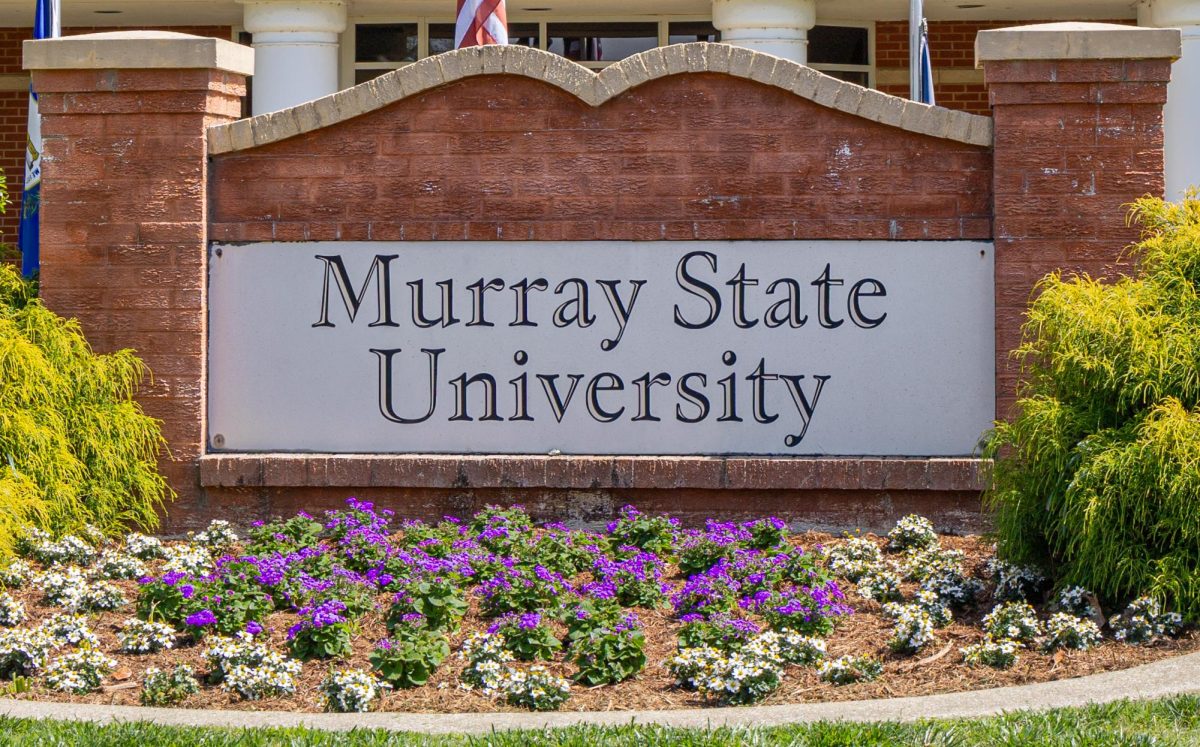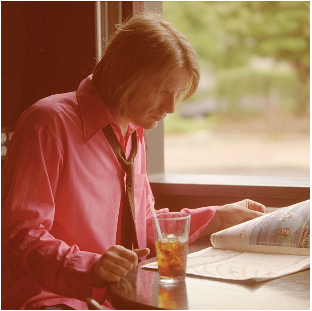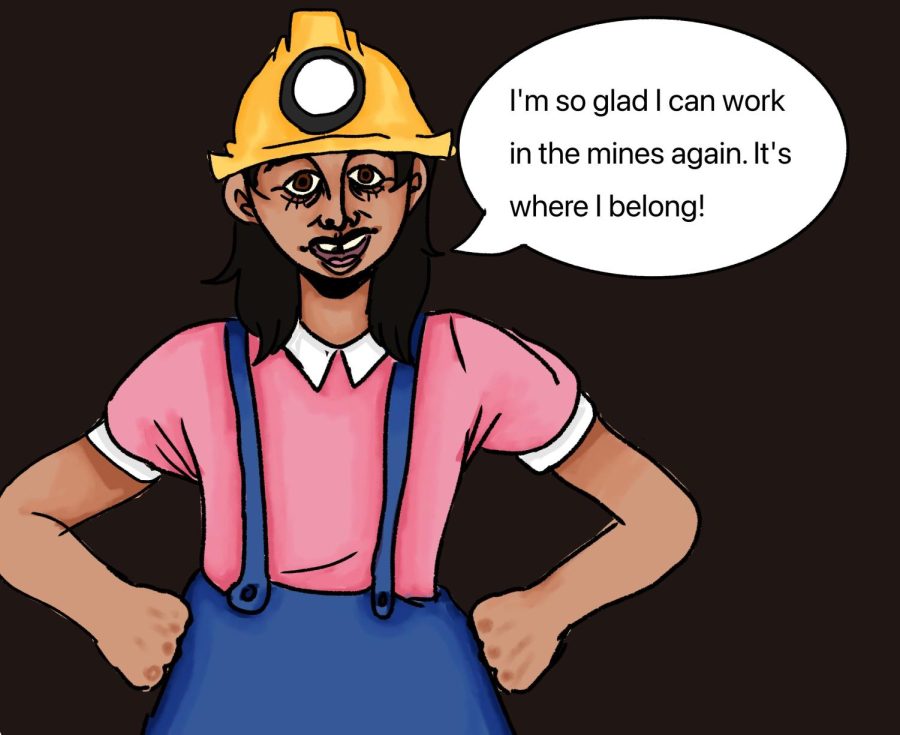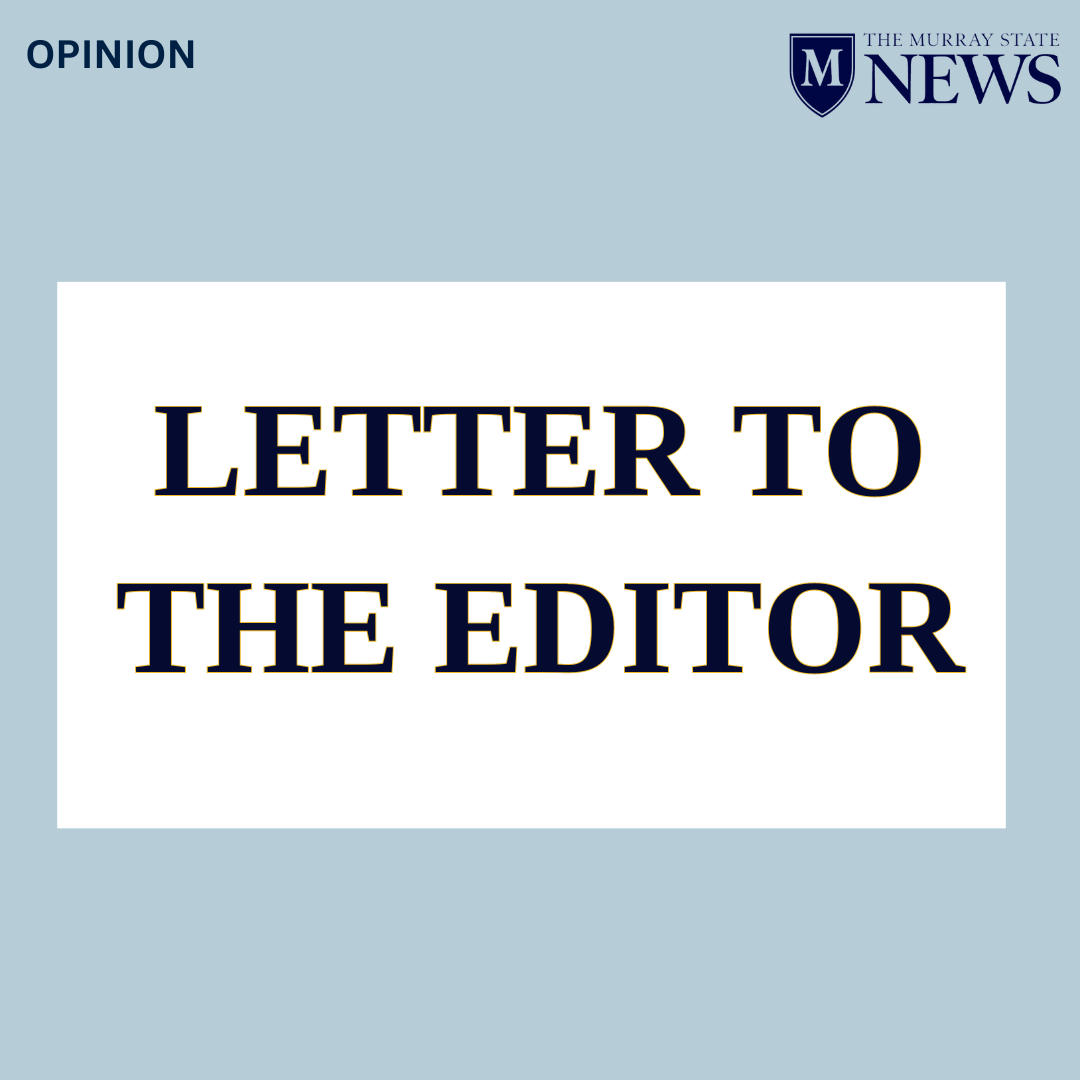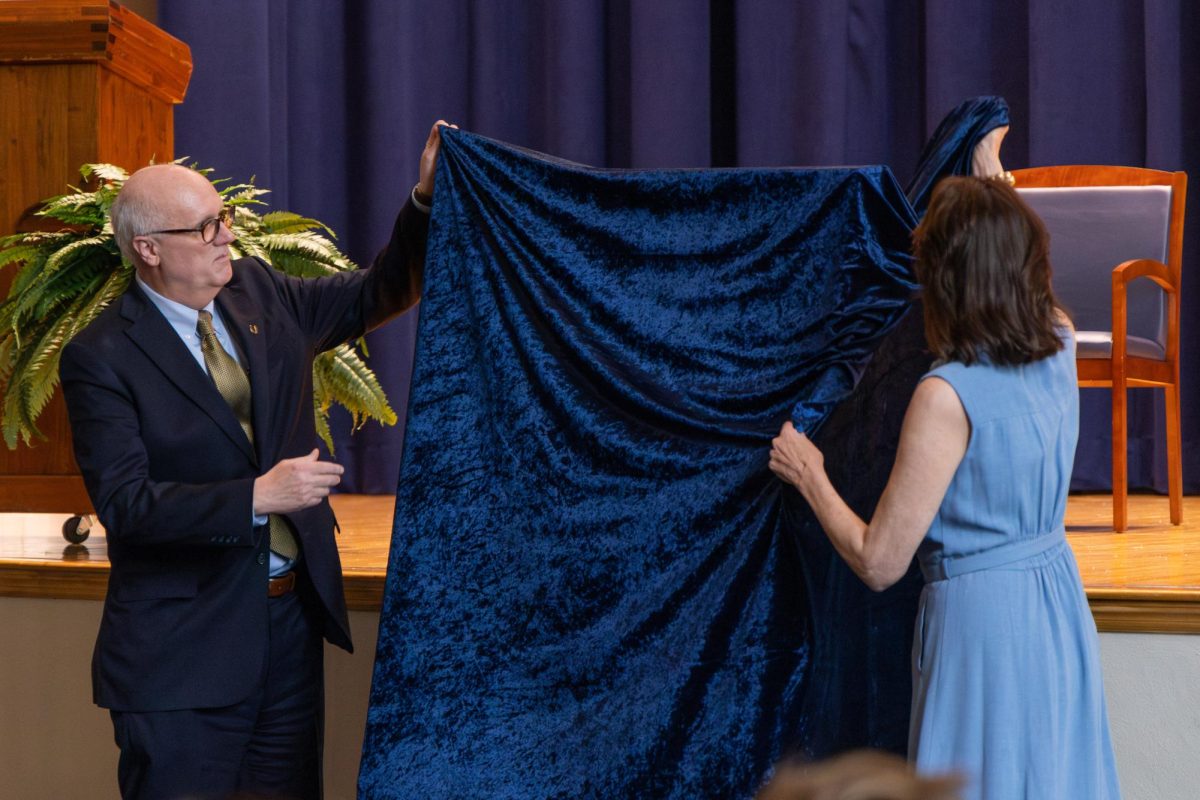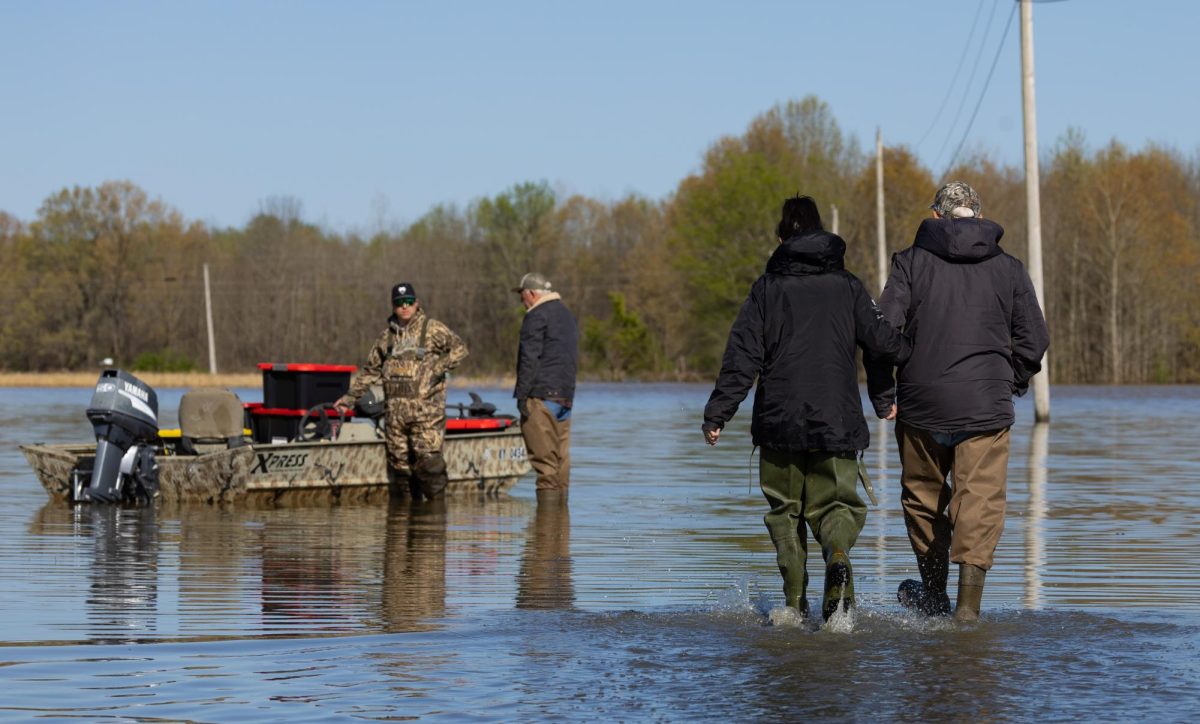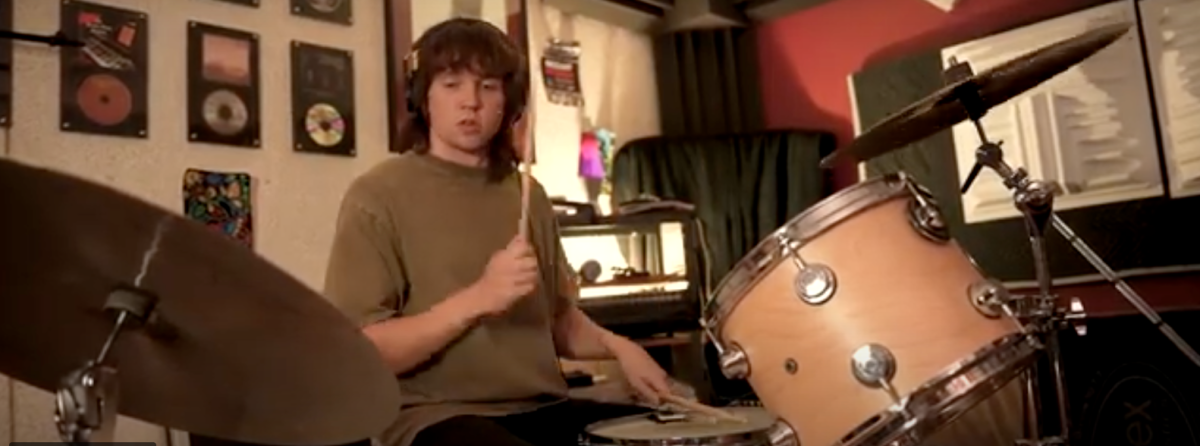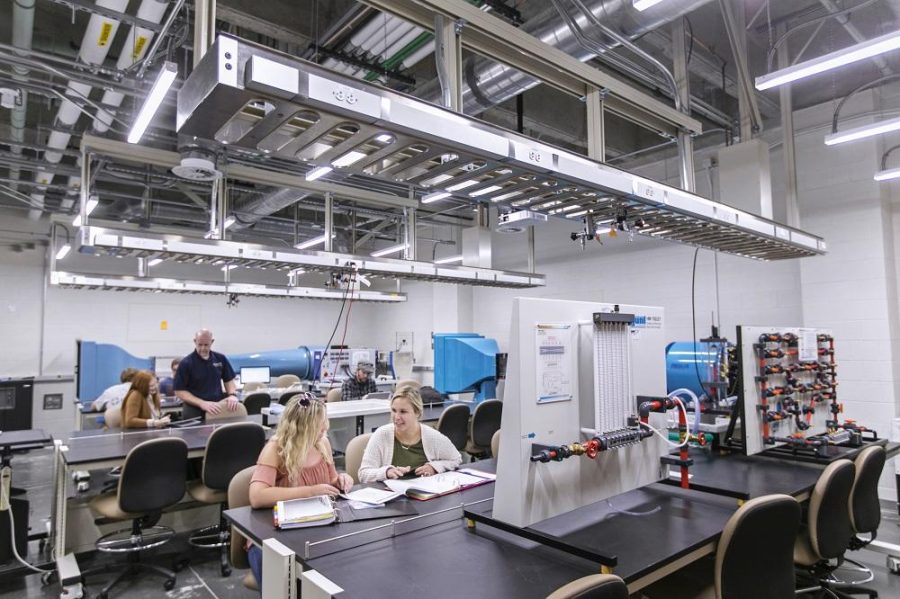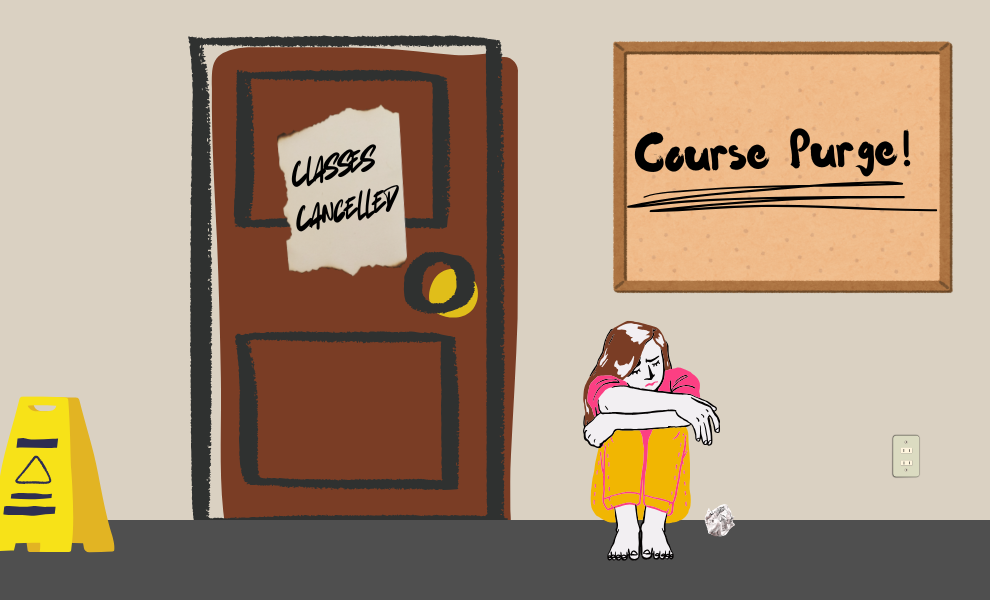Story by Ashley Traylor, News Editor
The completion of the new Engineering and Physics Building provides students the opportunity to capitalize on experiential learning by using industry-standard equipment and technology.
“How do you do research if you don’t have the equipment to do research on,” Danny Claiborne, chair of the Institute of Engineering, said. “Within just two months, we’ve seen the expanding of opportunities for our students to do undergraduate research and undergraduate application toward industry engineering.”
The expansion of opportunities for engineering and physics students results from the building’s enhanced features. For example, students can build their classroom designs in a high bay engineering laboratory equipped with 3-D printing and production equipment. The building also includes laboratories, such as standards-measurements, digital electronics, optics, mechanics physics, fluid mechanics and electricity magnetism physics.
The second floor of the building houses the Gary W. Boggess Science Resource Center, which is complete with computer labs, presentation studios and multimedia and interview rooms.
Claiborne said the cost of the building was about $35 million. The state allocated $30 million, and Murray State and other donors invested $5 million into the project.
“It’s rare for a university to be able to spend that kind of money on not just a building, but putting really super cutting edge technology in this building,” Claiborne said.
Construction broke ground two years ago on the Engineering and Physics Building, as the third and final phase of the Gene Wells Ray Science Campus. Claiborne said the vision for the science complex began nearly 20 years ago, when the capital campaign crossed the governor’s desk.
“Honestly, with the state financial arrangements and state budgets and things like that, we were not confident that the third phase of this science complex was going to be completed,” Claiborne said.
After seeing the completion of the building, he credited former Gov. Steve Beshear for allocating funding to universities to build new facilities on college campuses before he left office.
The first phase of the Gene Wells Science Campus was the Biology Building and the second phase was the Chemistry Building.
When construction began, Claiborne said they started visualizing and “programming” what the labs would look like.
He said they placed priority on student engagement; therefore, the building has study and collaboration rooms for just the students to utilize.
“We want the students to engage in the engineering program and feel like this is their building, so you’ll see a pretty high priority on student ownership of this building,” Claiborne said.
Another priority was research spaces for faculty.
“We told faculty they need ownership,” Claiborne said. “They have designed their own research spaces. They’ve designed their own labs. Because we had good funding, they were able to select equipment, with limited constraints, and buy some pretty nice pieces of equipment both for the classroom and research.”
The building allows more space for students to build and design projects with the institute’s corporate partners, and Claiborne said it will grow the engineering department with these opportunities to engage in development.
Unlike the Blackburn Science Building, Josiah Hereford, sophomore mechanical engineering major from Murray, said the new building gives students more space to collaborate with classmates and space to experiment in labs.
“You feel this new sense of freedom,” Hereford said. “It’s super clean and the people are overall happier. It’s a really nice building. There’s a lot I haven’t even touched yet, so I’m looking forward to whenever that day comes.”
The new building is beneficial to engineering and physics majors, but Hereford said the new technology and equipment also benefits professors in the department.
“This new building will go hand-in-hand with what they are working on and they can use that to their advantage,” he said. “They have so many more materials and experiments that they can work with now. I think there will be big improvements, for sure, and I can already see it.”
Claiborne said within the last five years, the anticipation of the new building has caused the number of engineering and physics students to increase.
The construction of the building is completed, but Claiborne said ‘they have only touched the beginning of what they can do’ in the building. He said it will take a couple years to fully develop curriculum to apply to the new equipment and technology.
“We don’t even know what the future holds,” Claiborne said. “We are pretty excited about that corporate partnership with engineering and all the other aspects within the Institute of Engineering.”
As part of Homecoming festivities, a dedication ceremony for the Engineering and Physics Building is scheduled for Friday, Oct. 27 at 3 p.m.
Kentucky’s Lieutenant Governor, Jenean Hampton will be in attendance, along with Claiborne, as well as Stephen Williams, chair of Murray State’s Board of Regents, President Bob Davies, Stephen Cobb, dean of the Jesse D. Jones College of Science, Engineering and Technology, and Jesse D. Jones, a Murray State alumnus of the department.
“We look forward to celebrating the new Engineering and Physics building during Homecoming with all of our alumni, donors, legislators, faculty, staff, students and other Murray State supporters,” Davies said in a statement.


